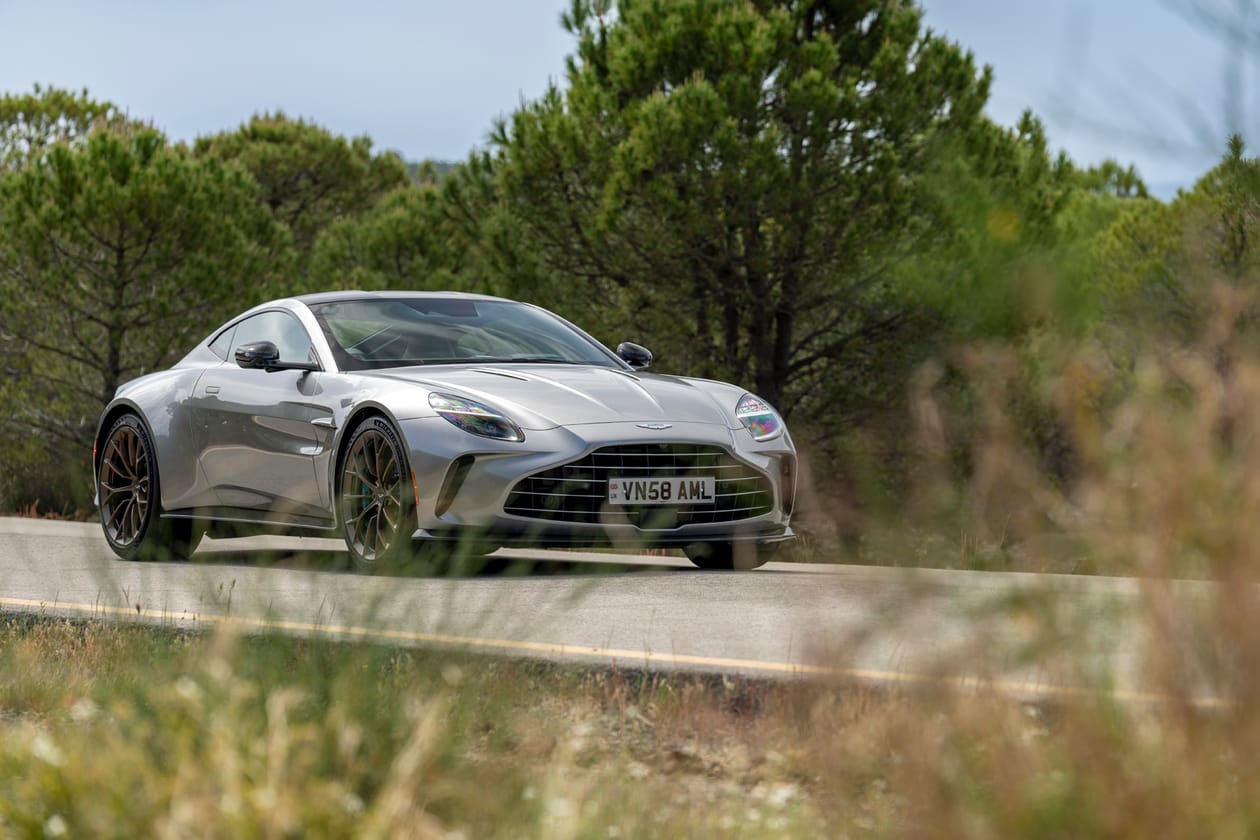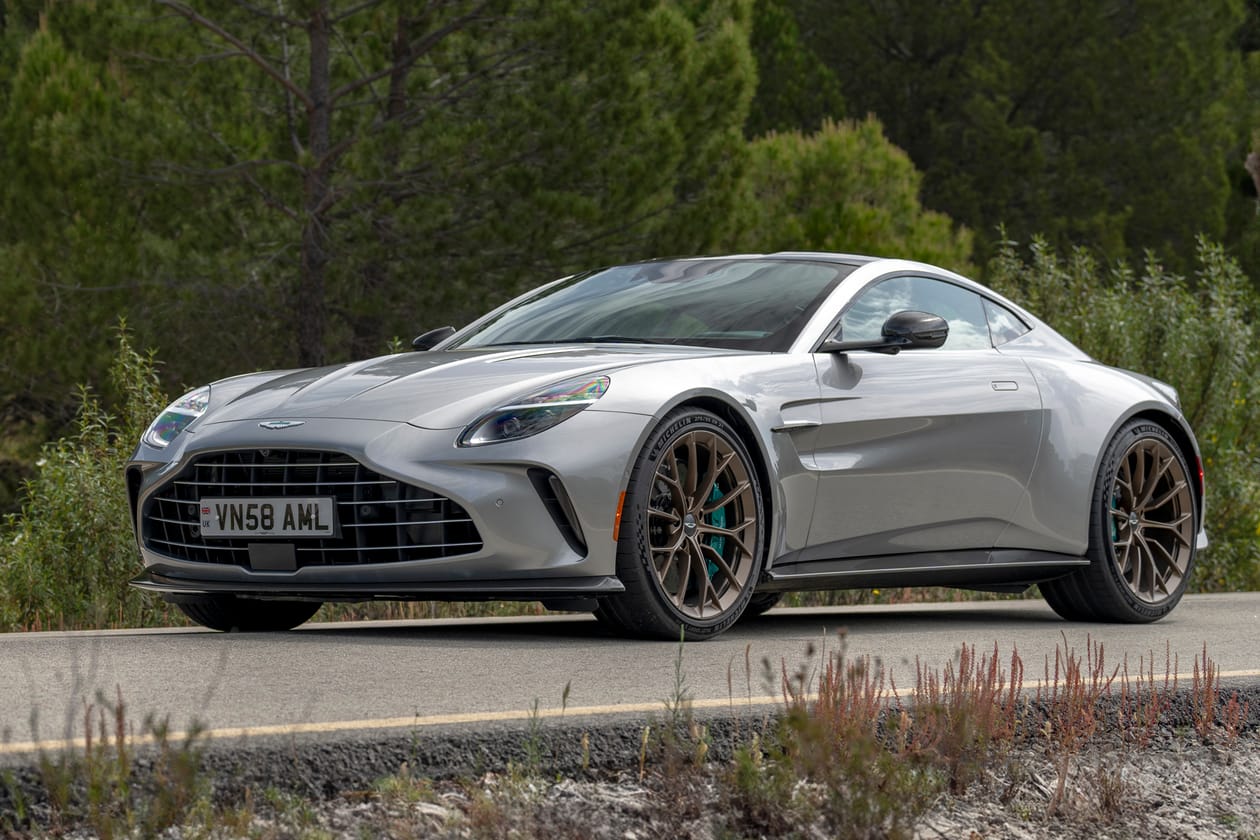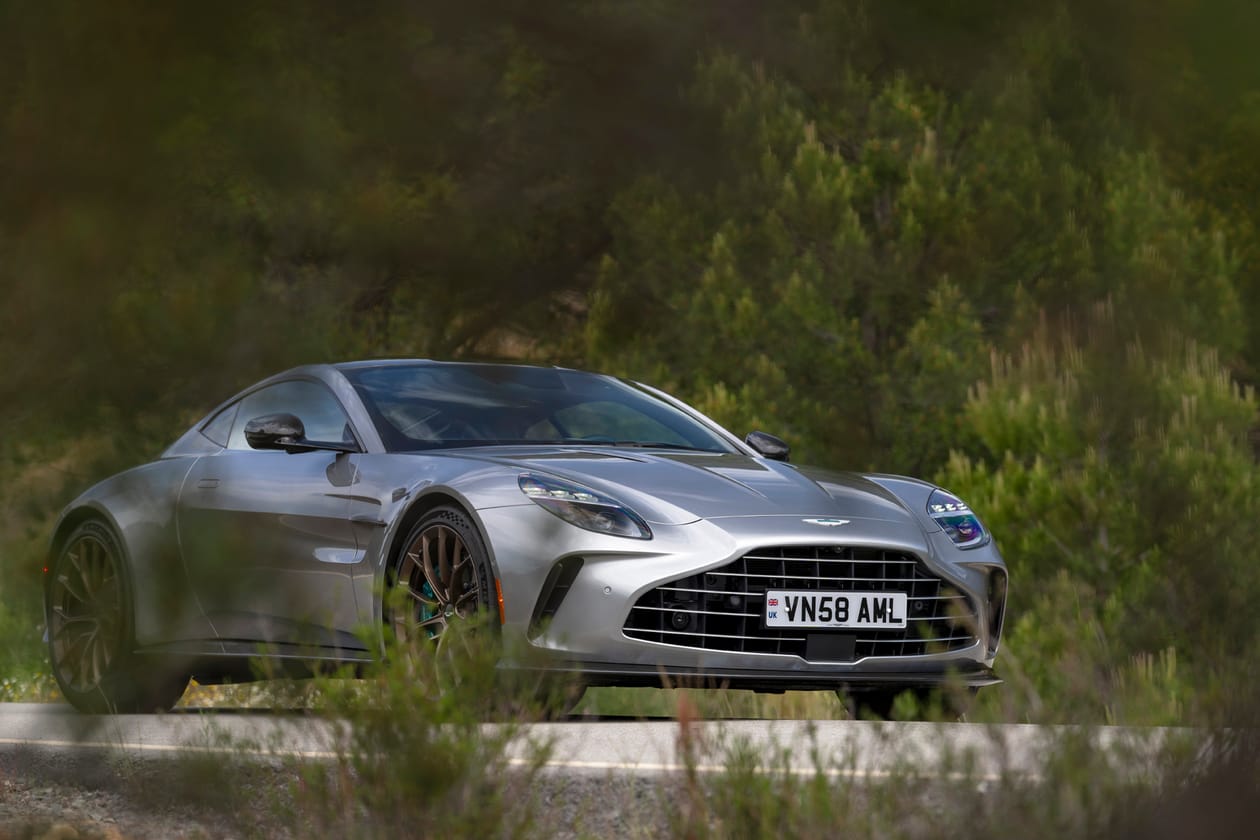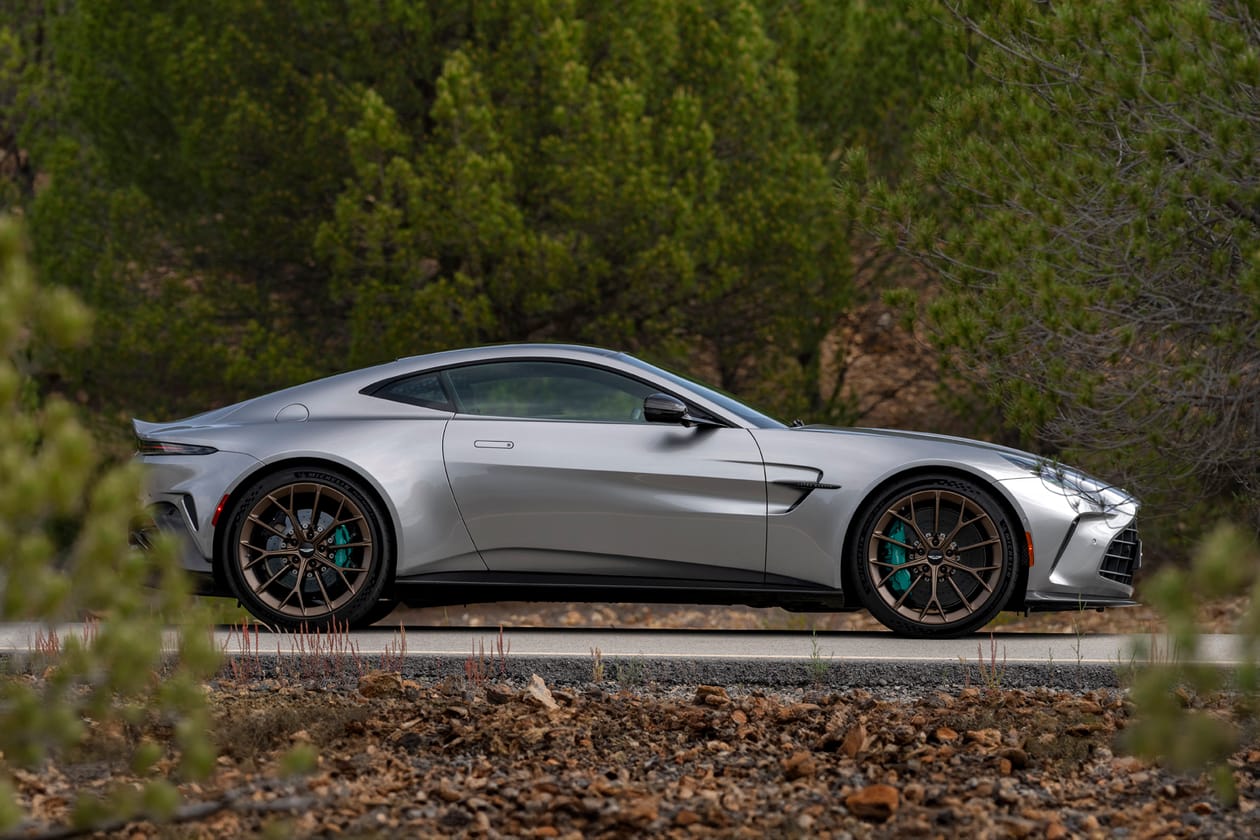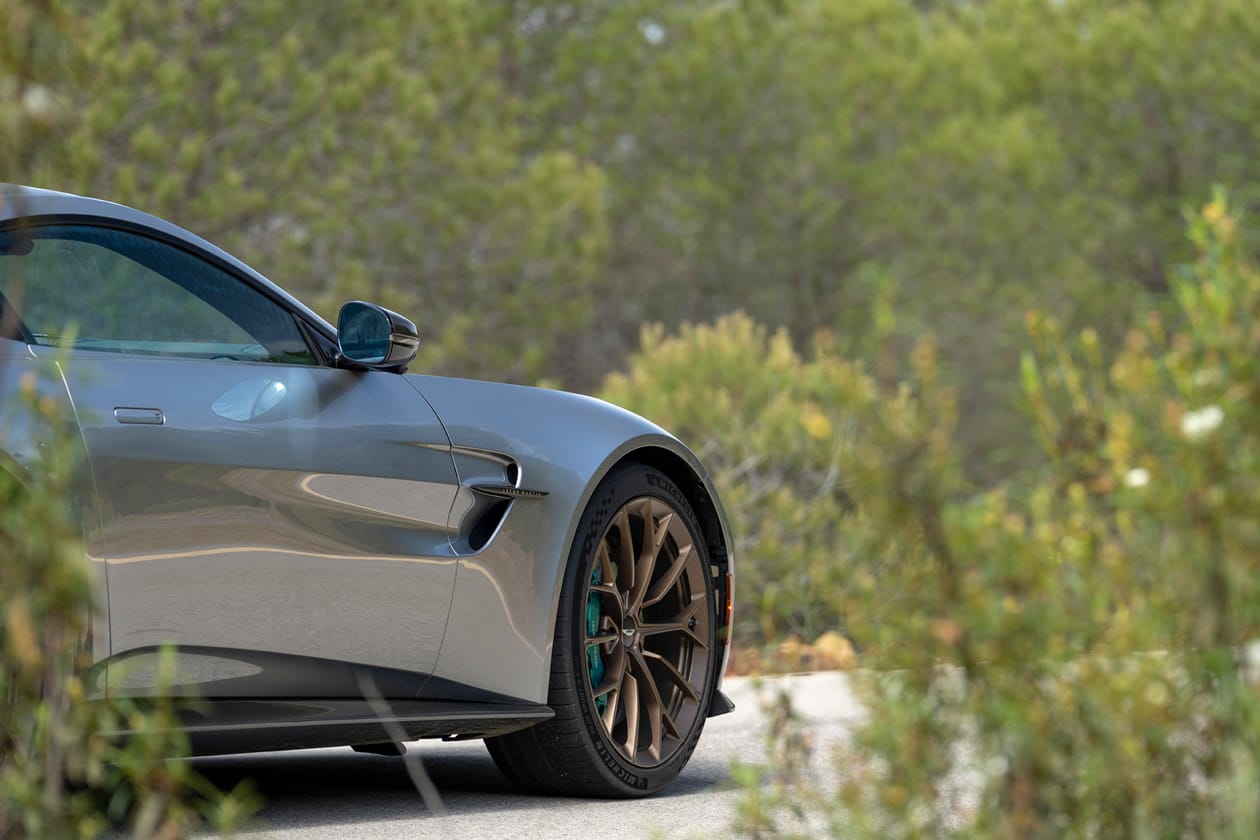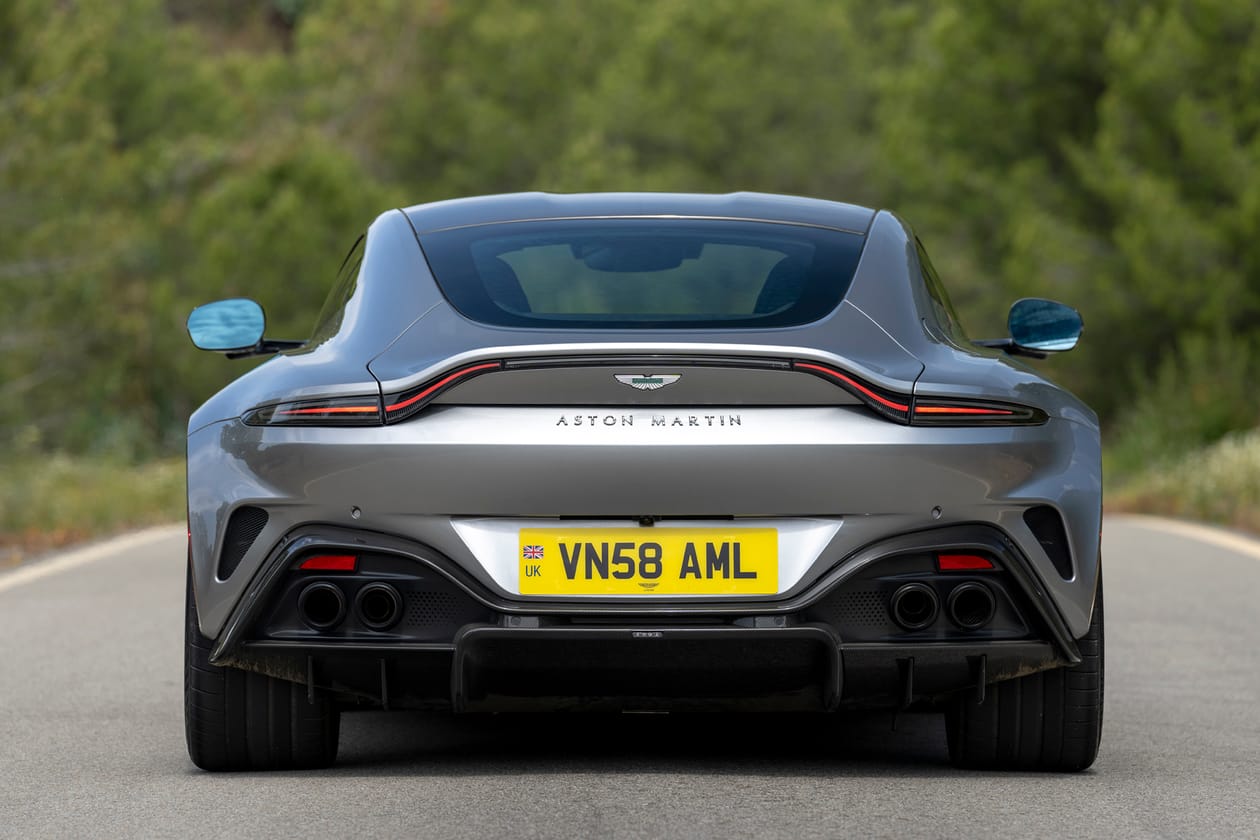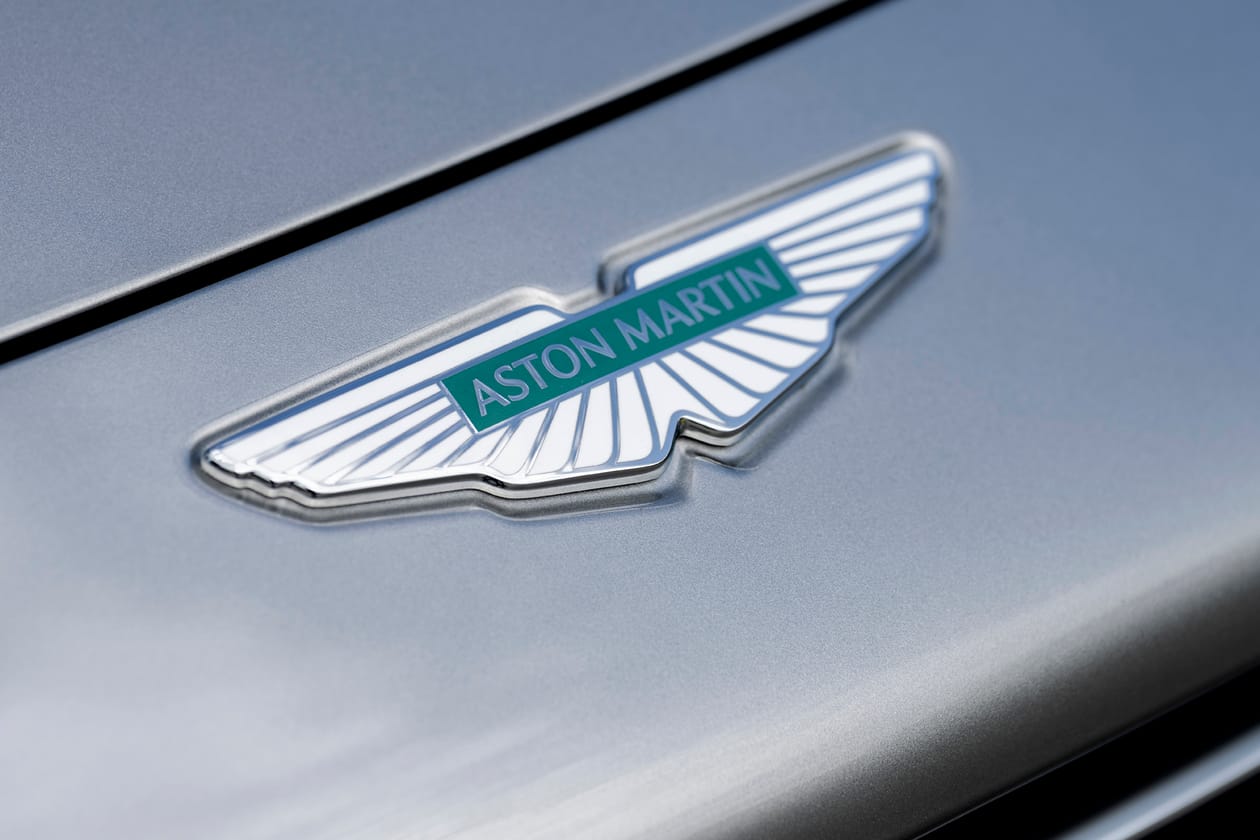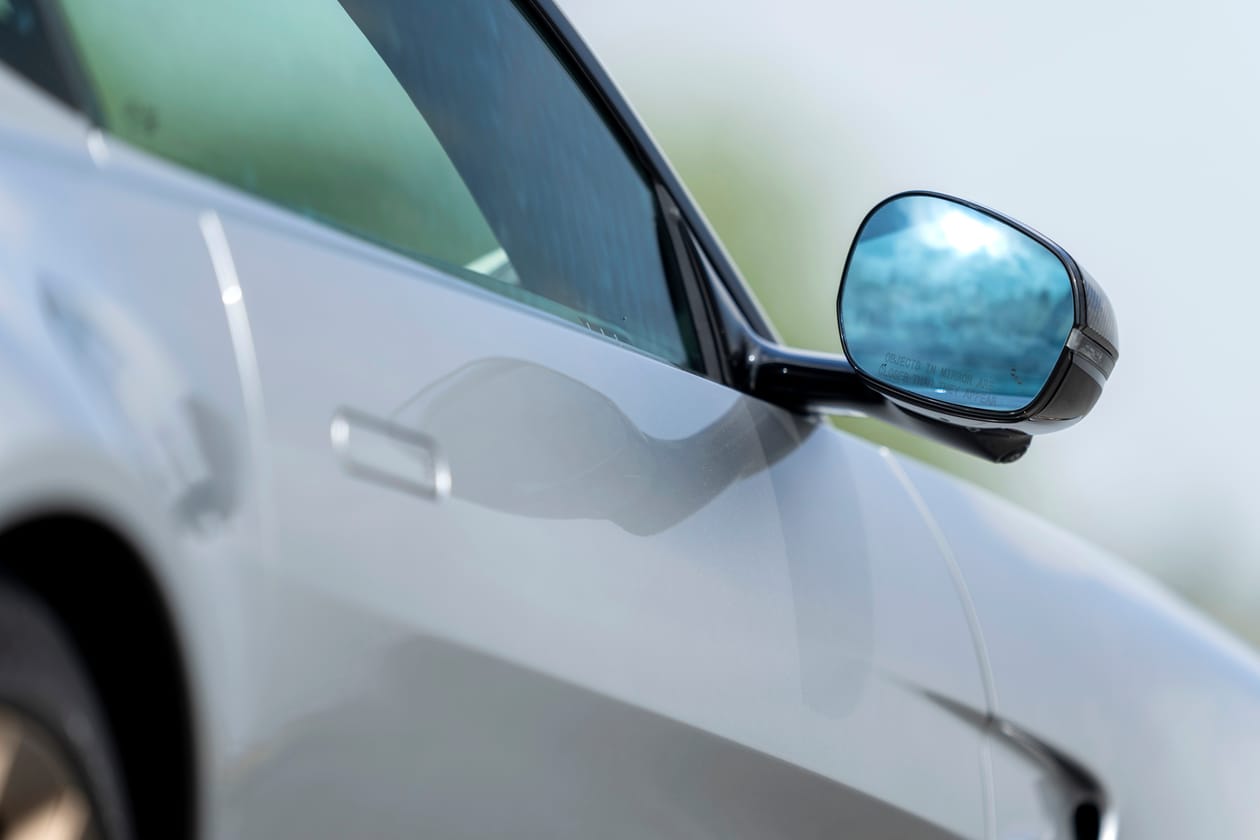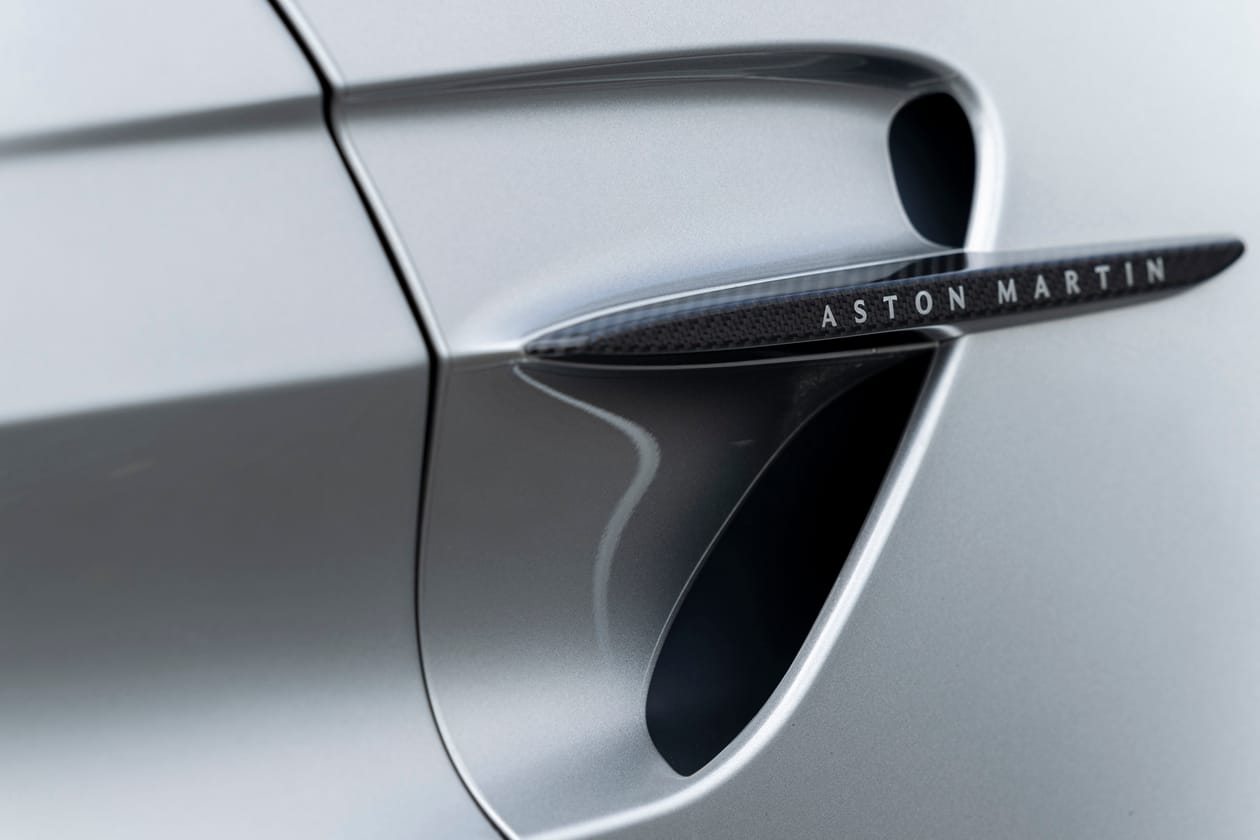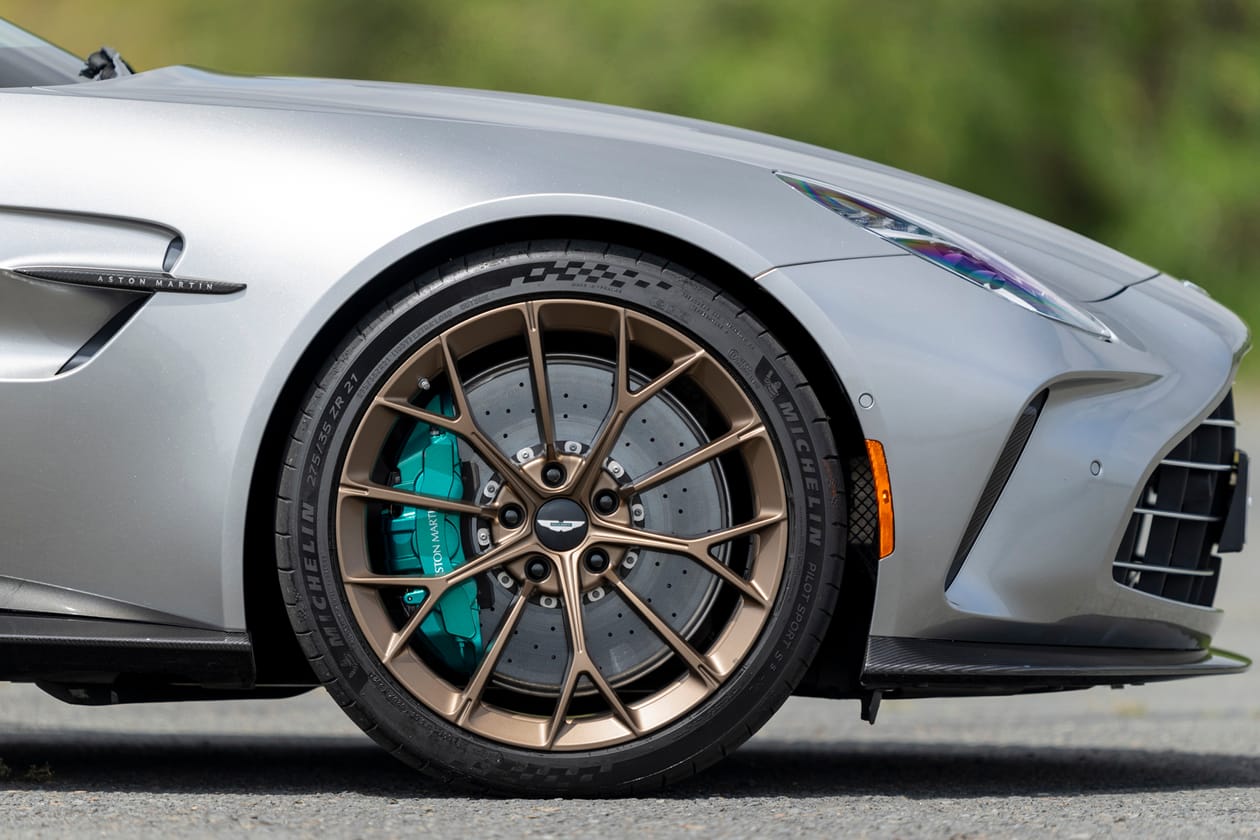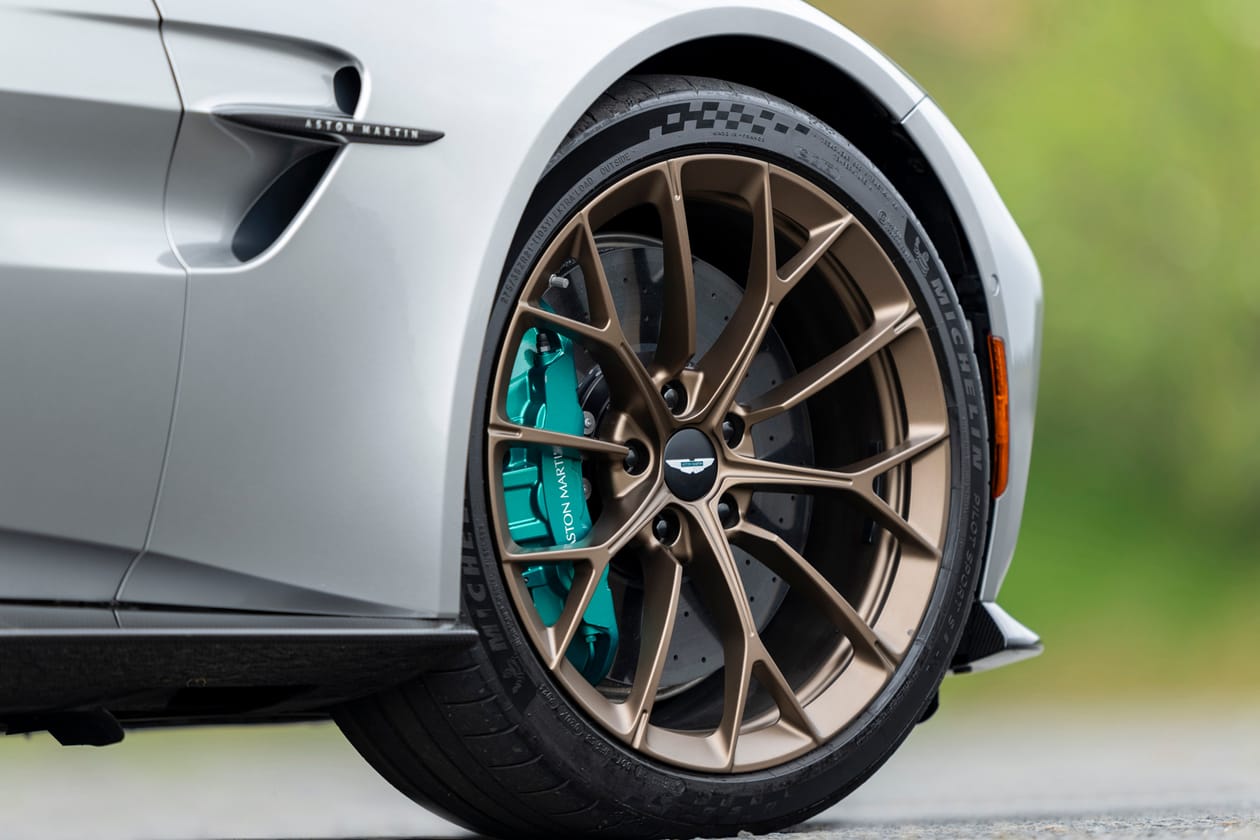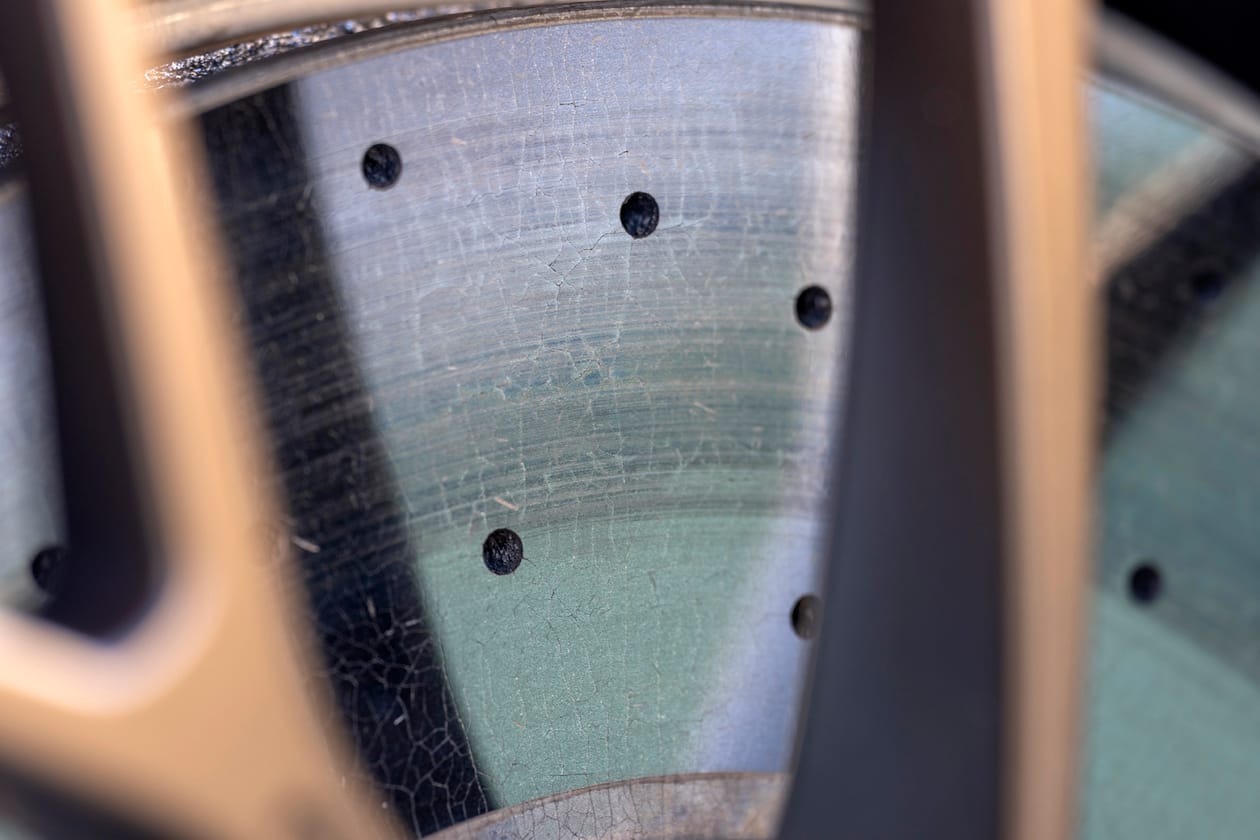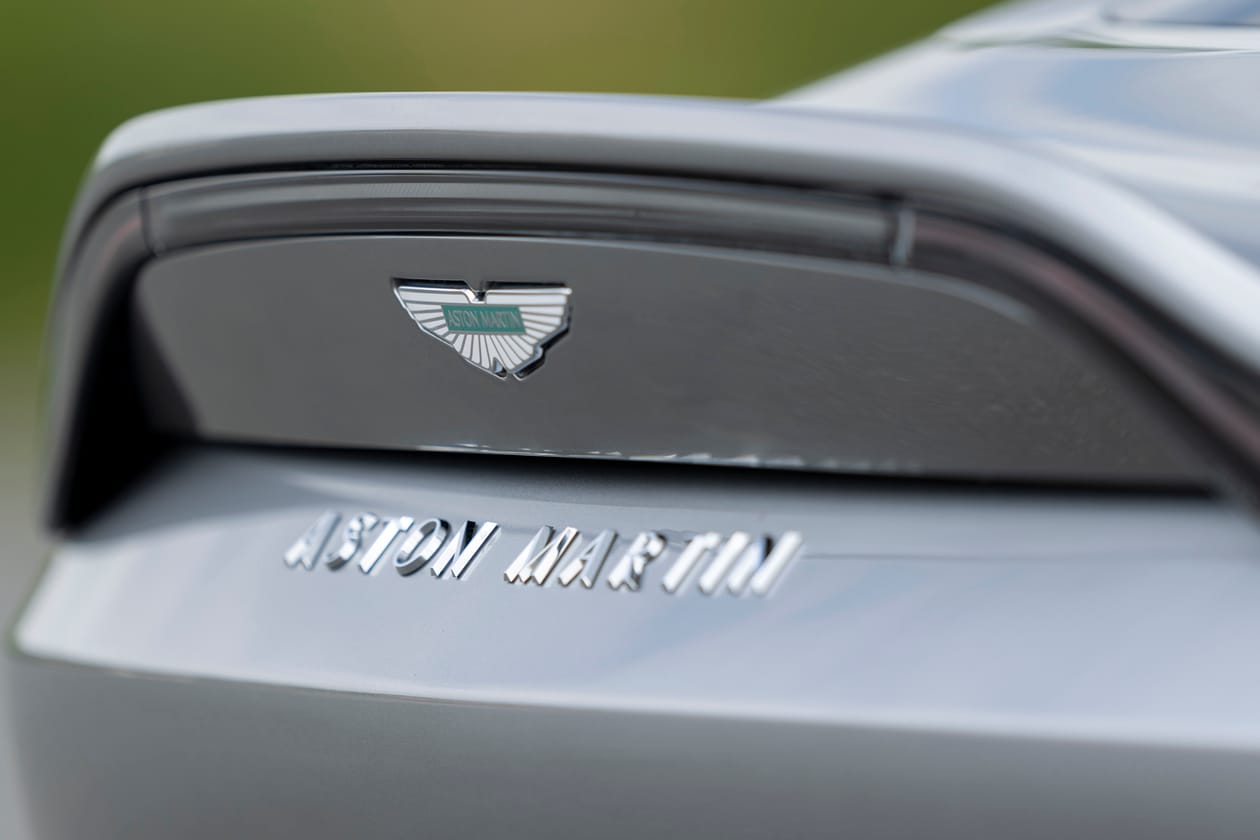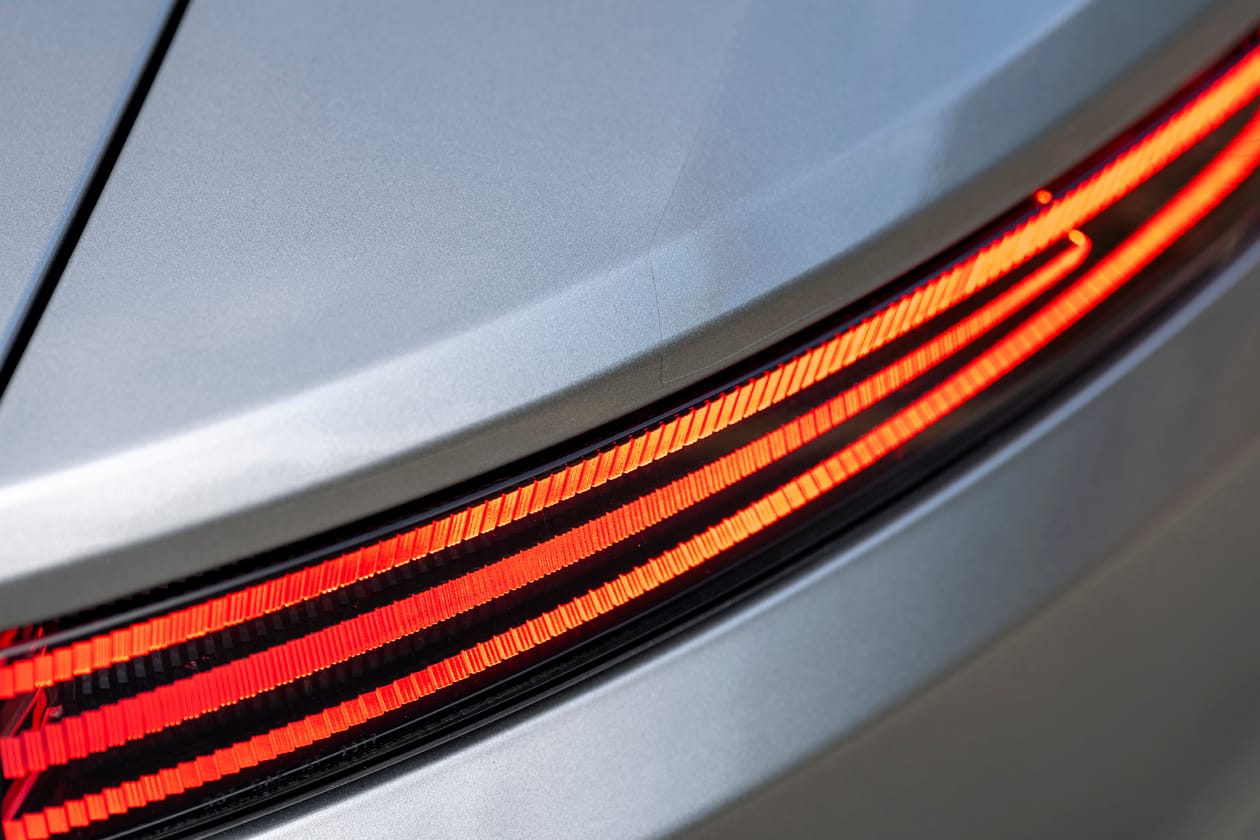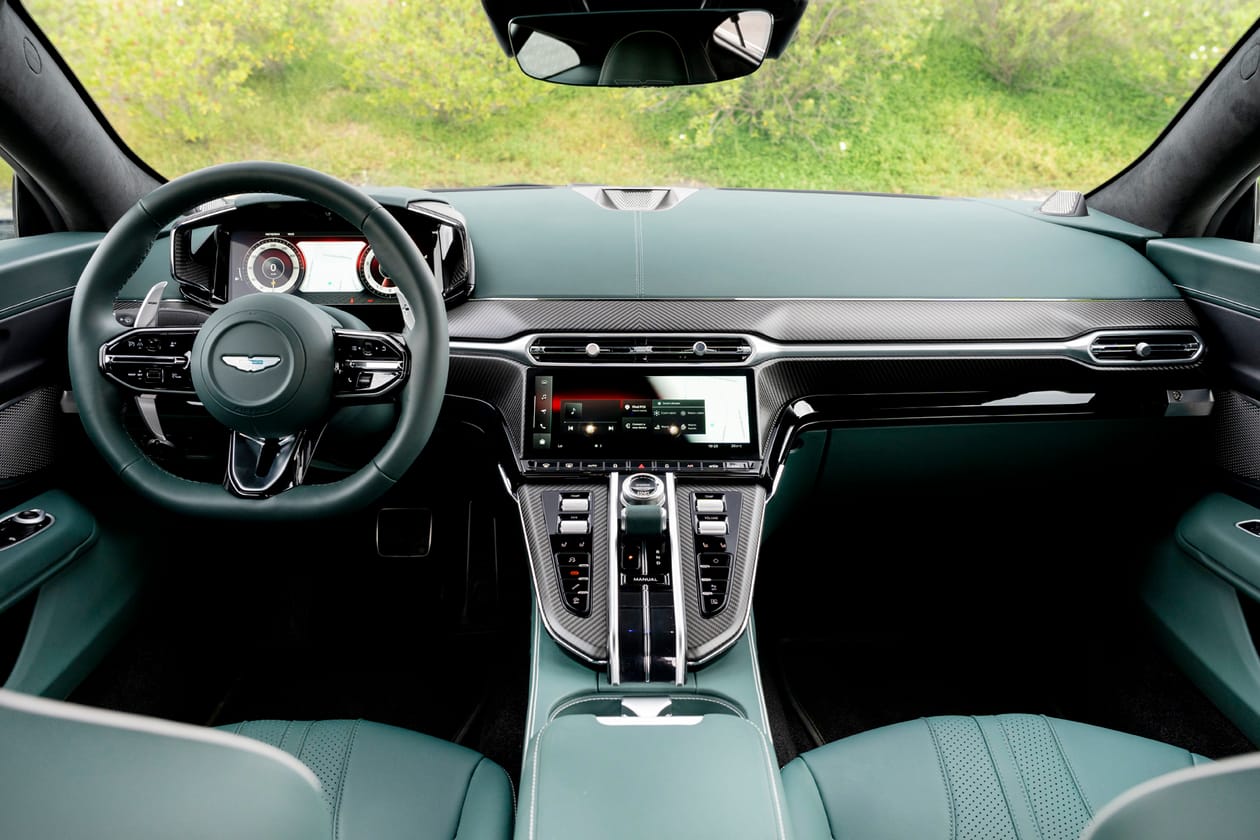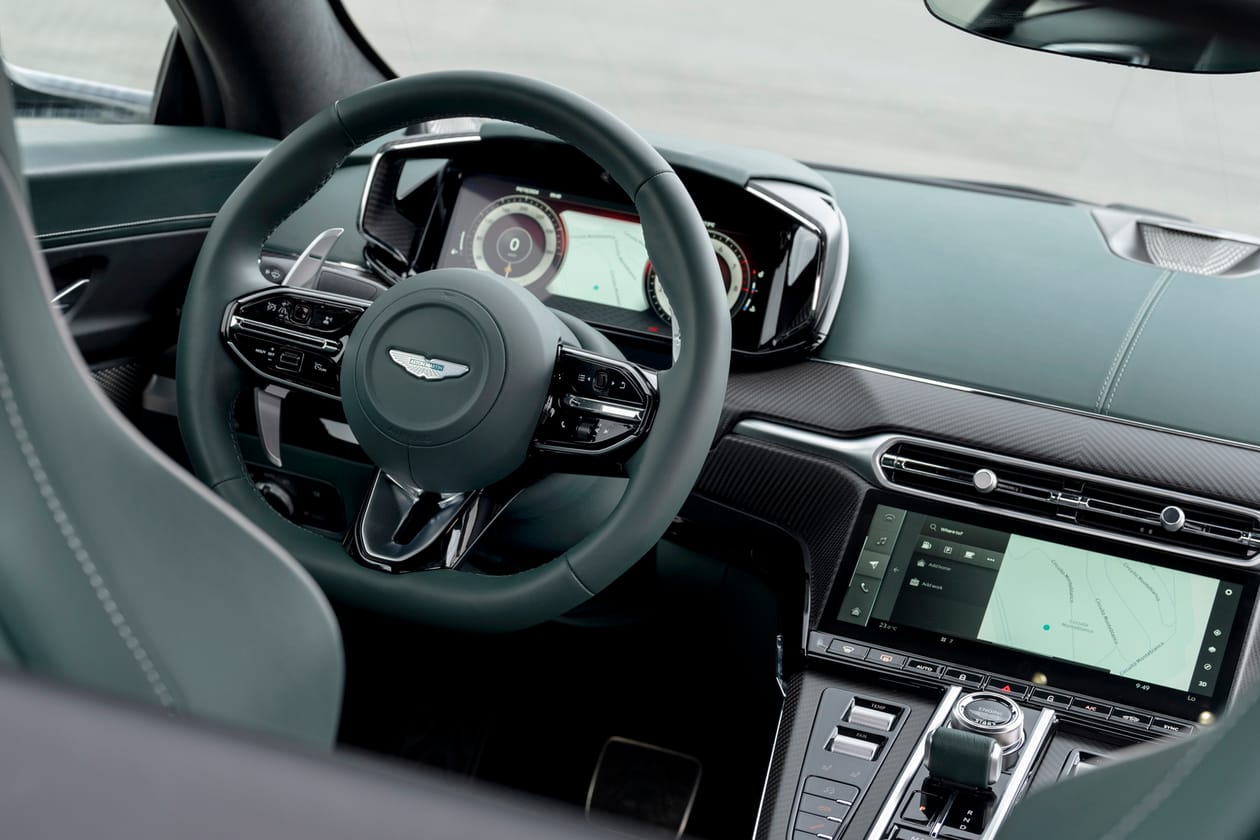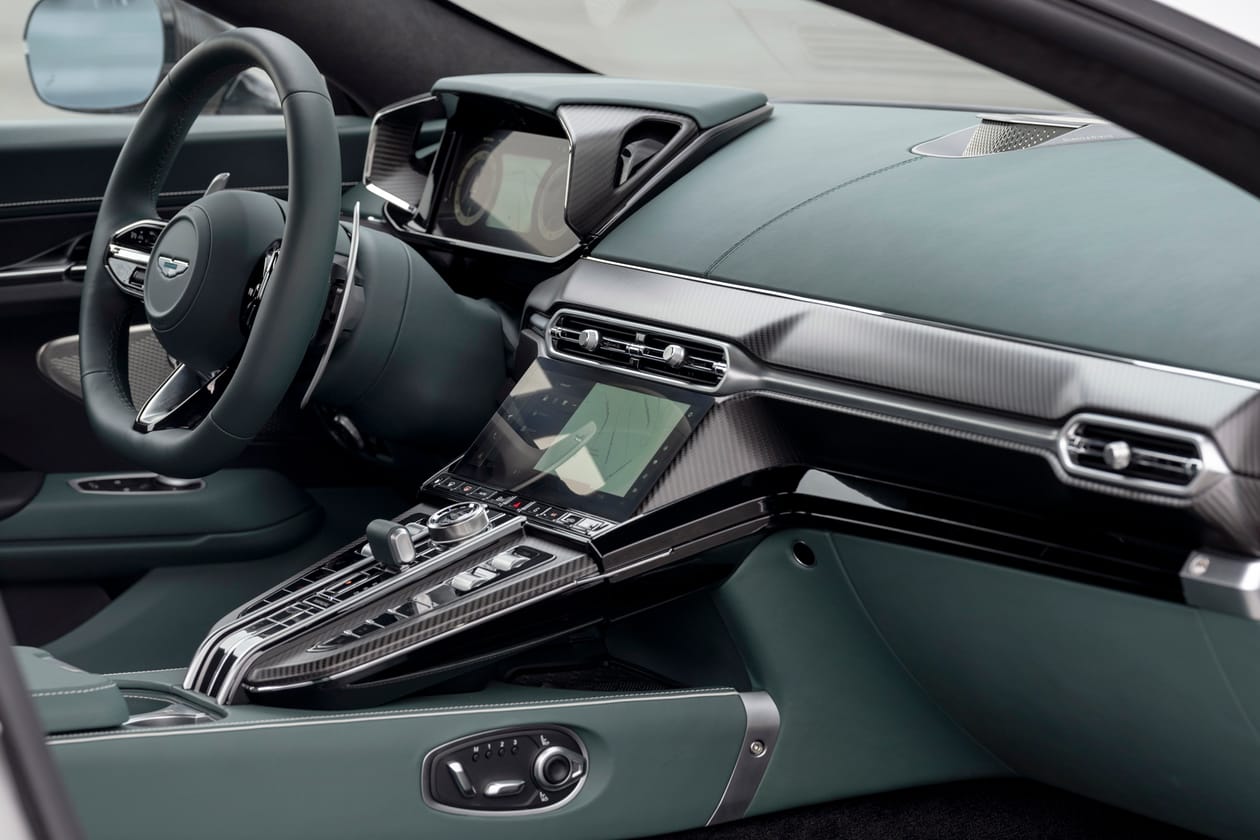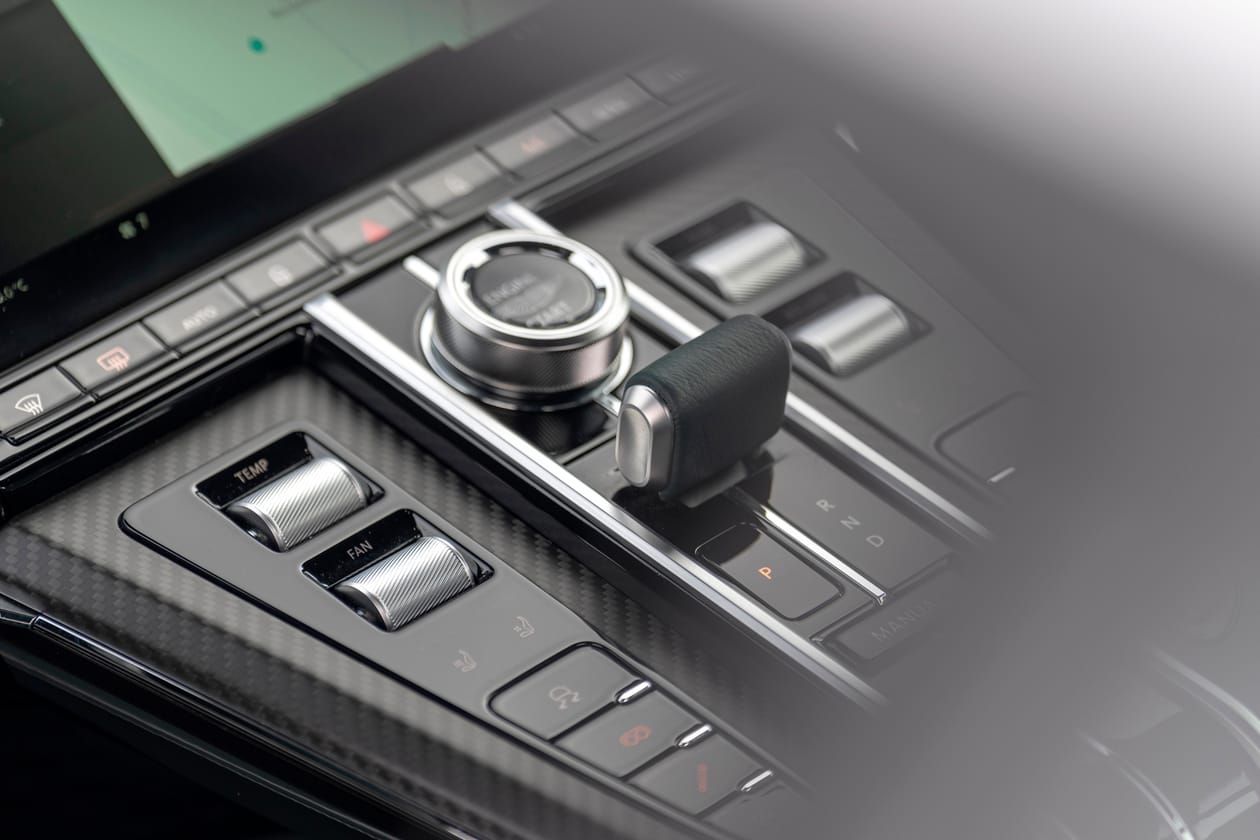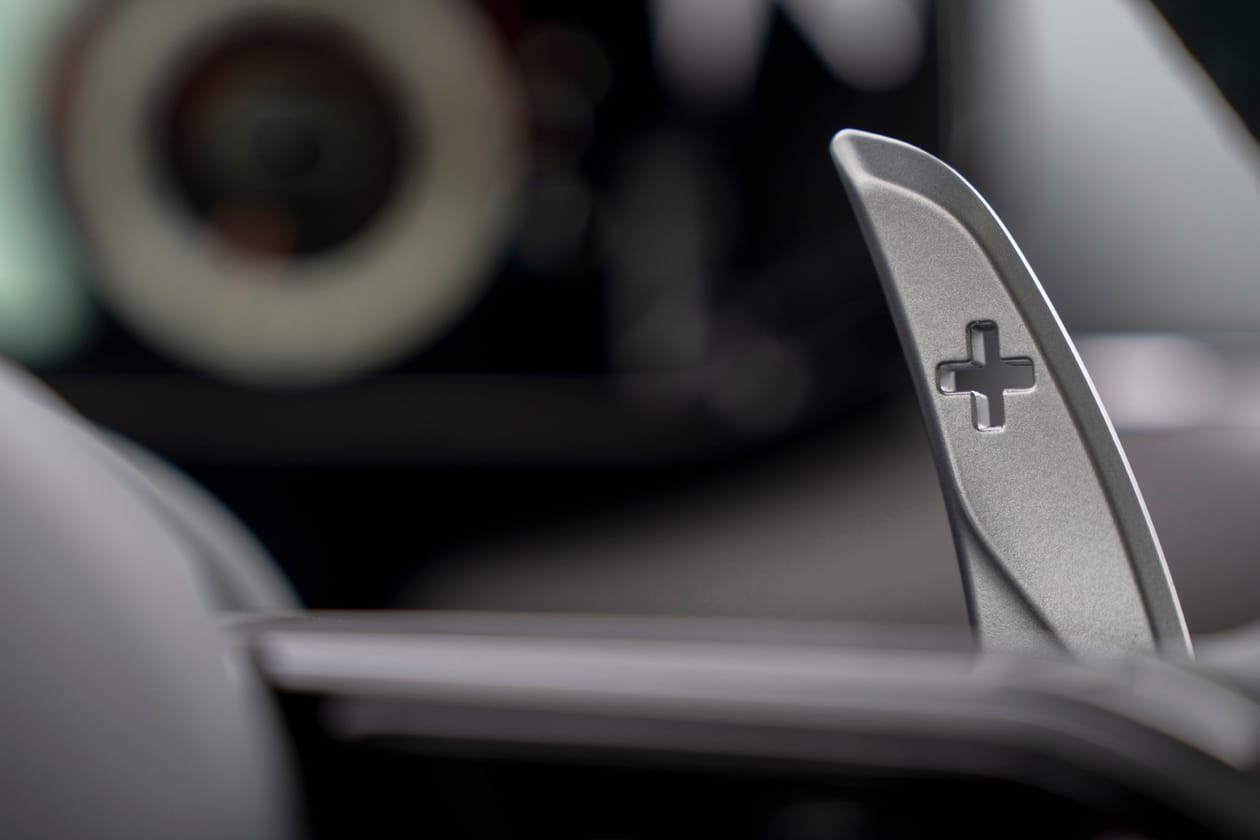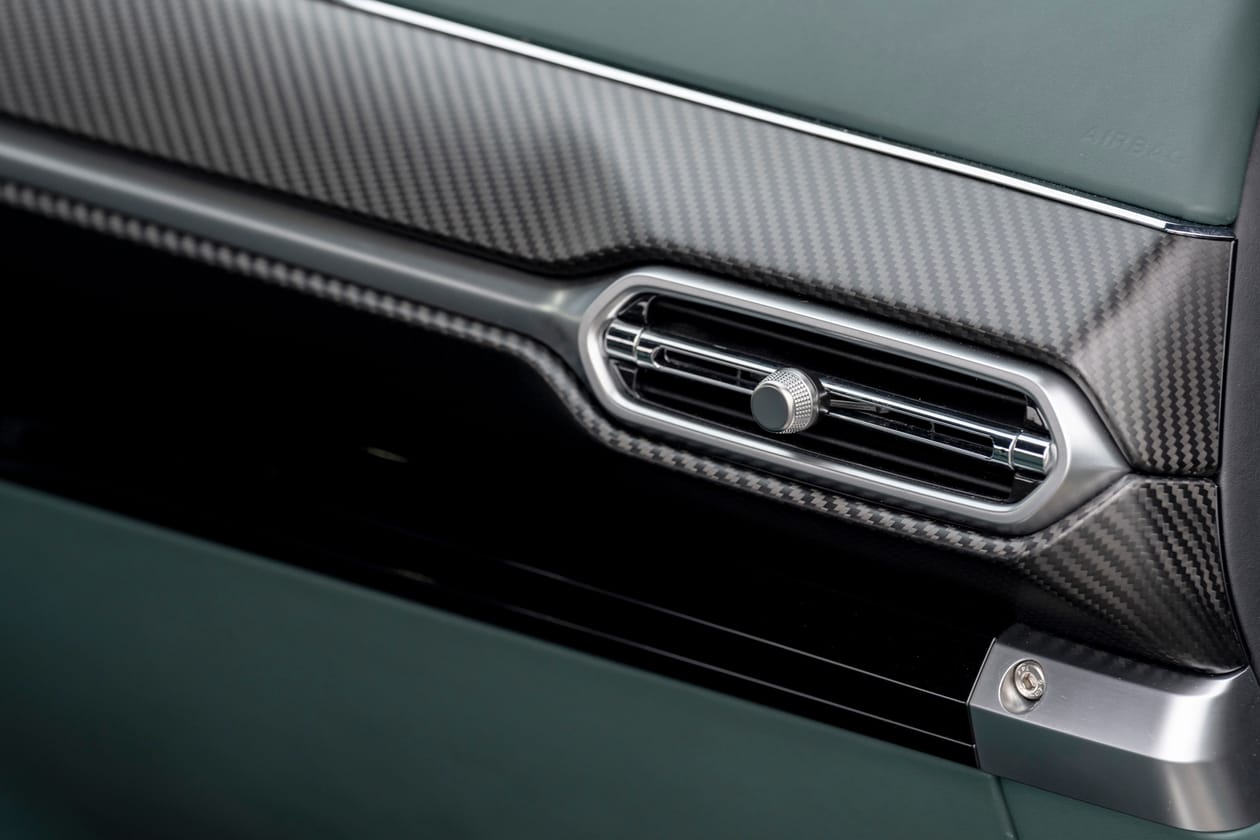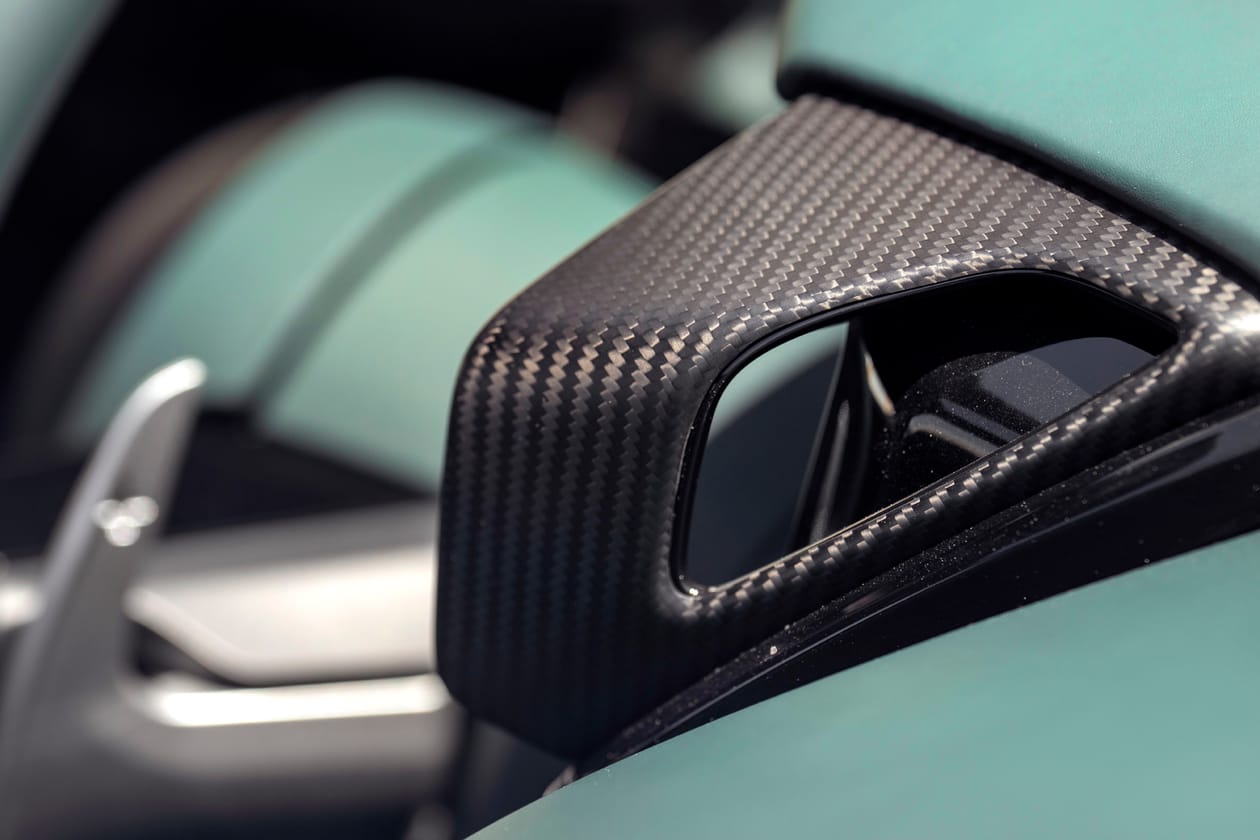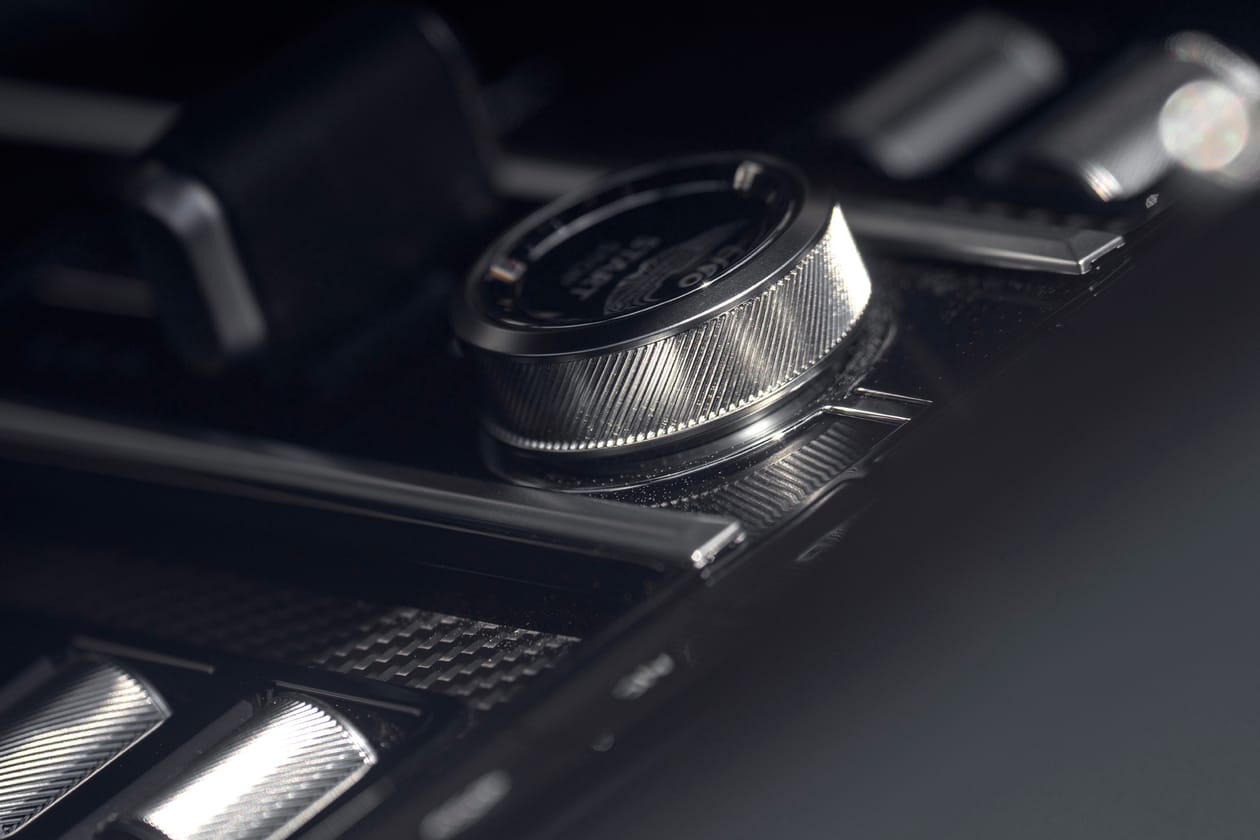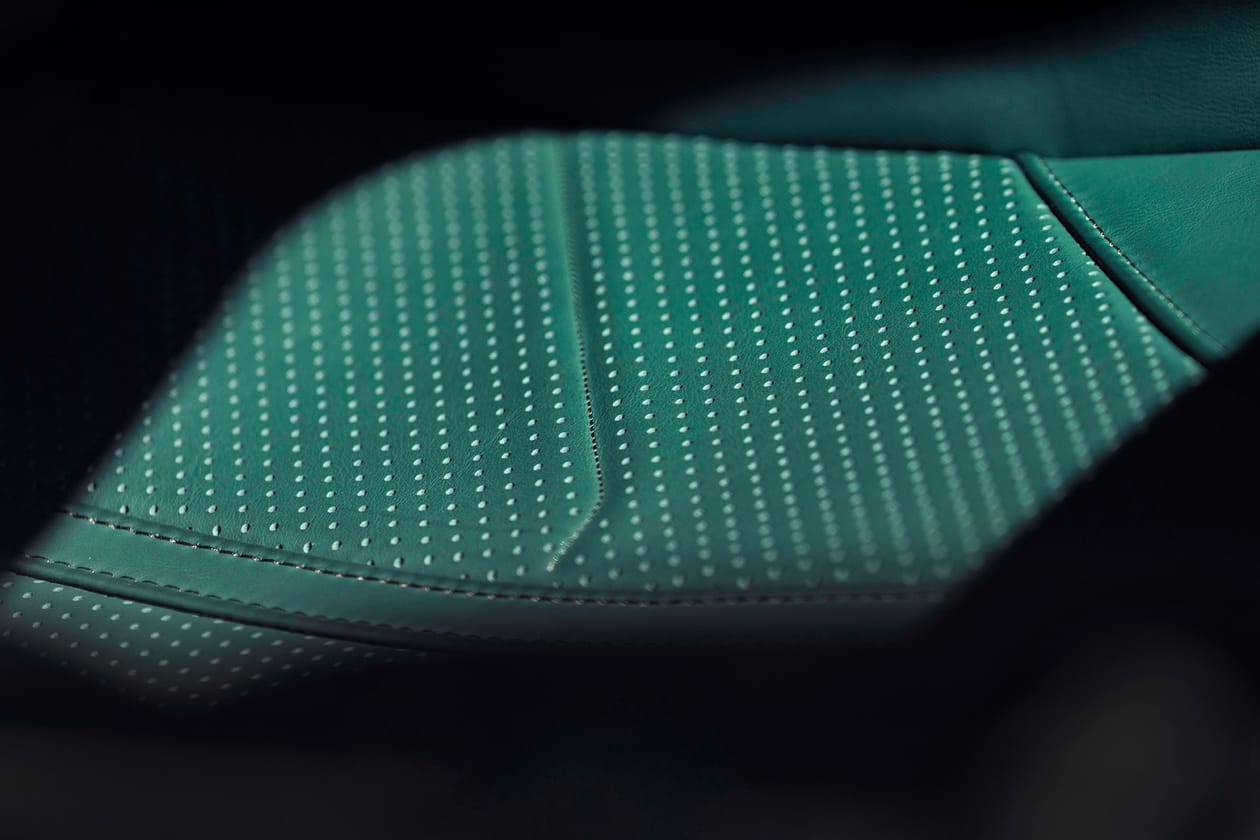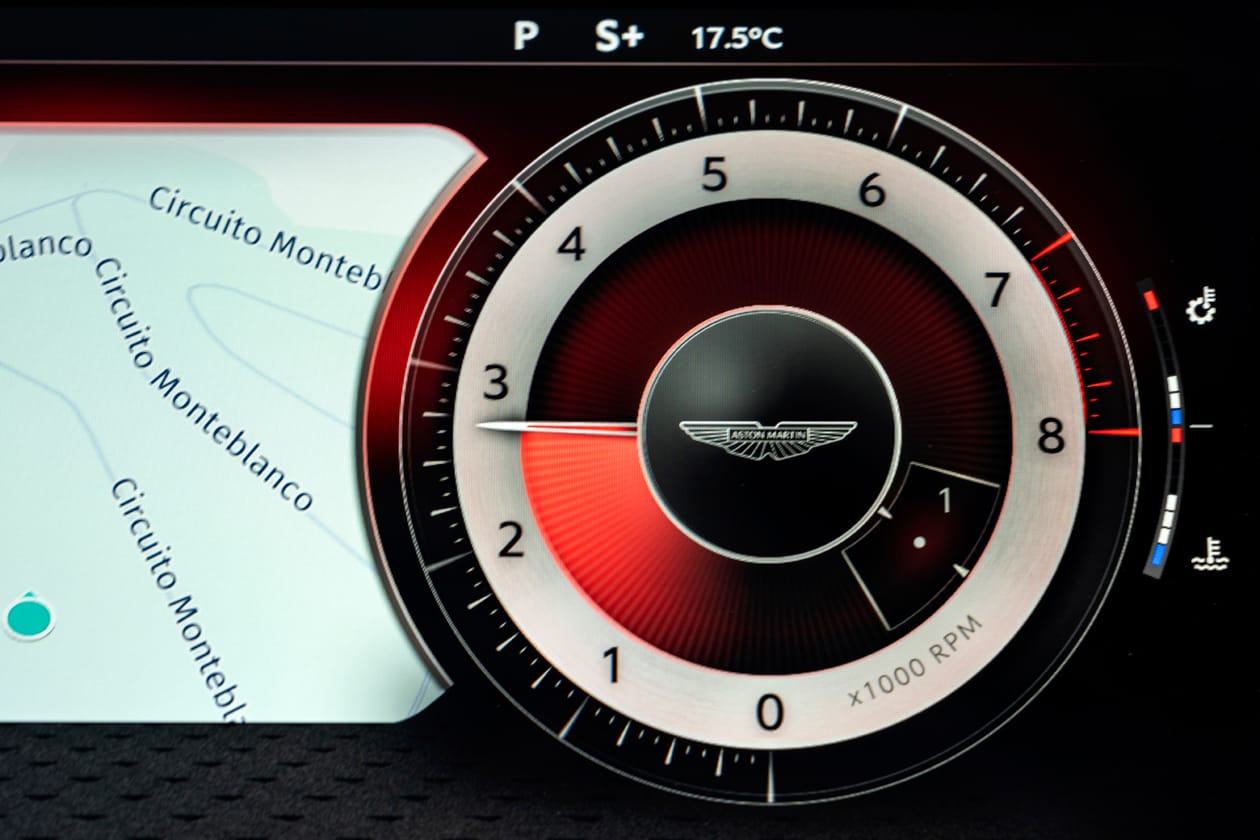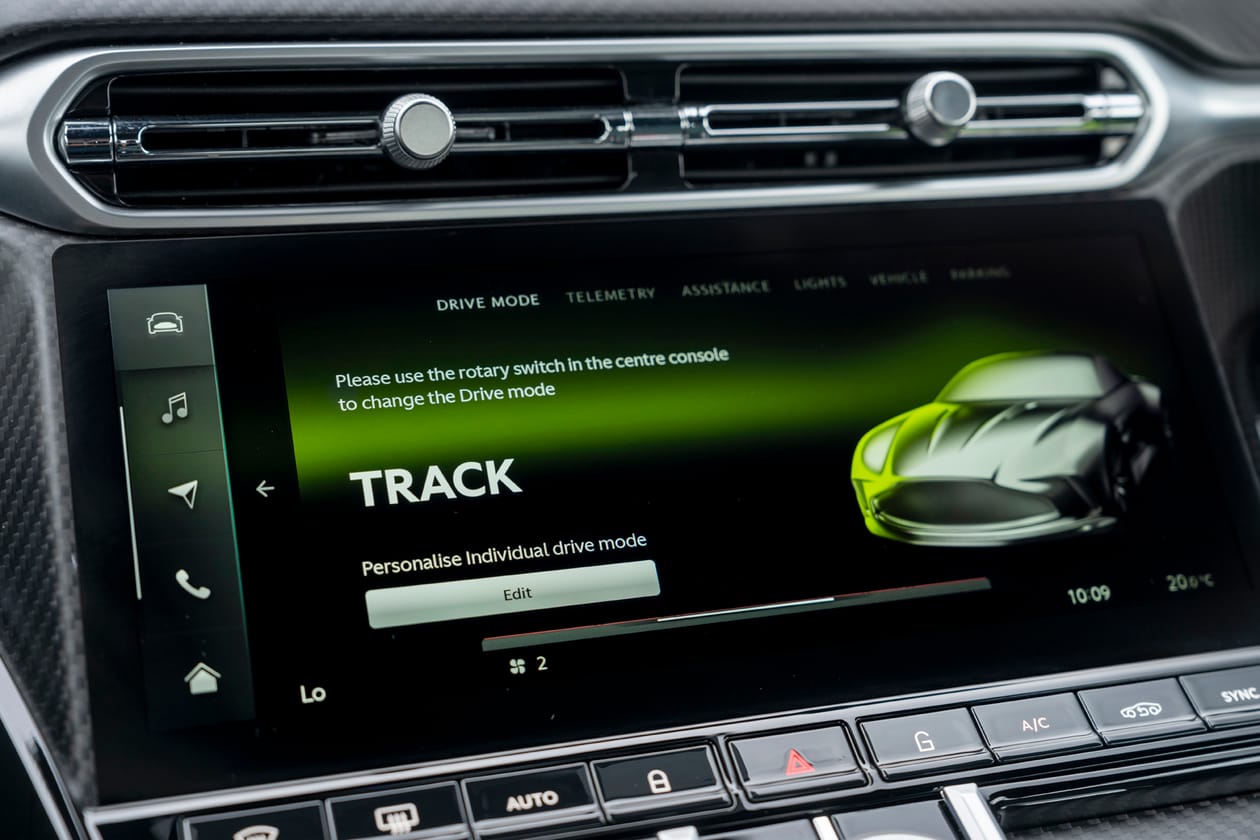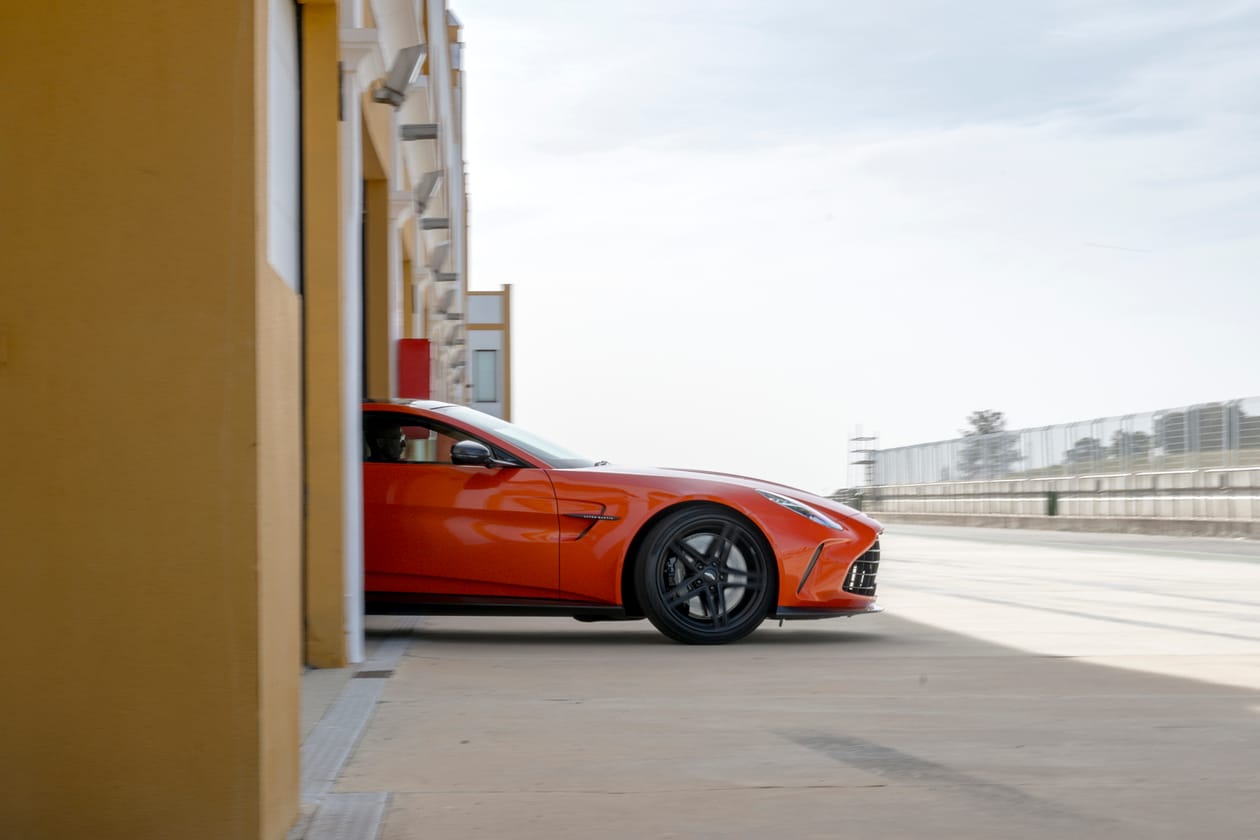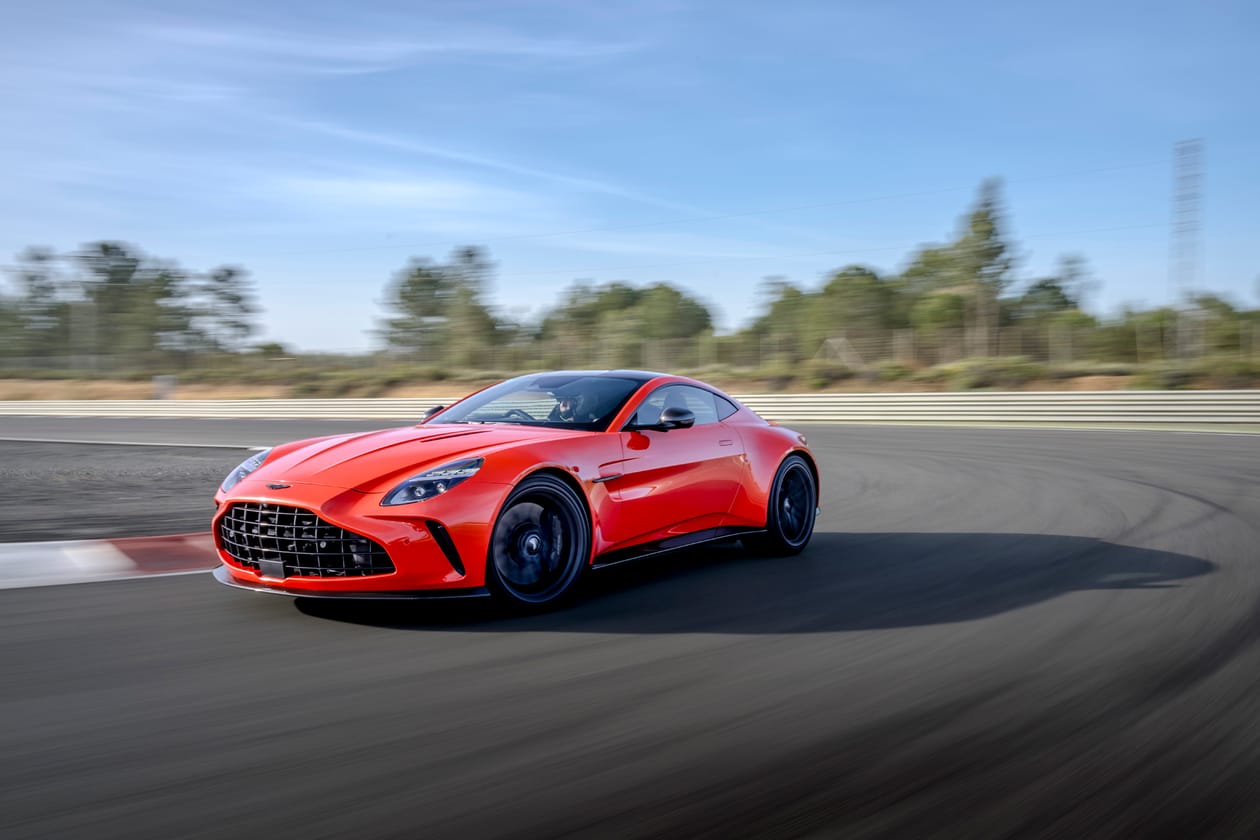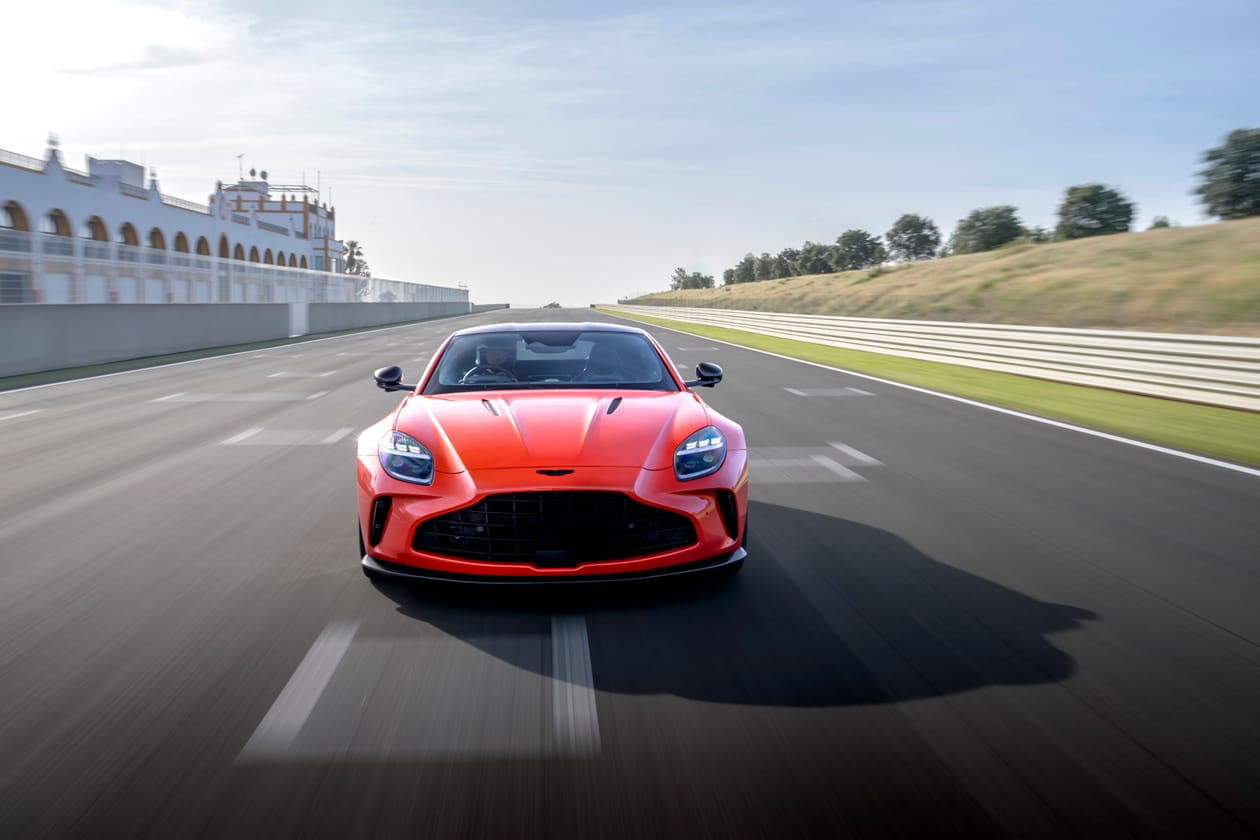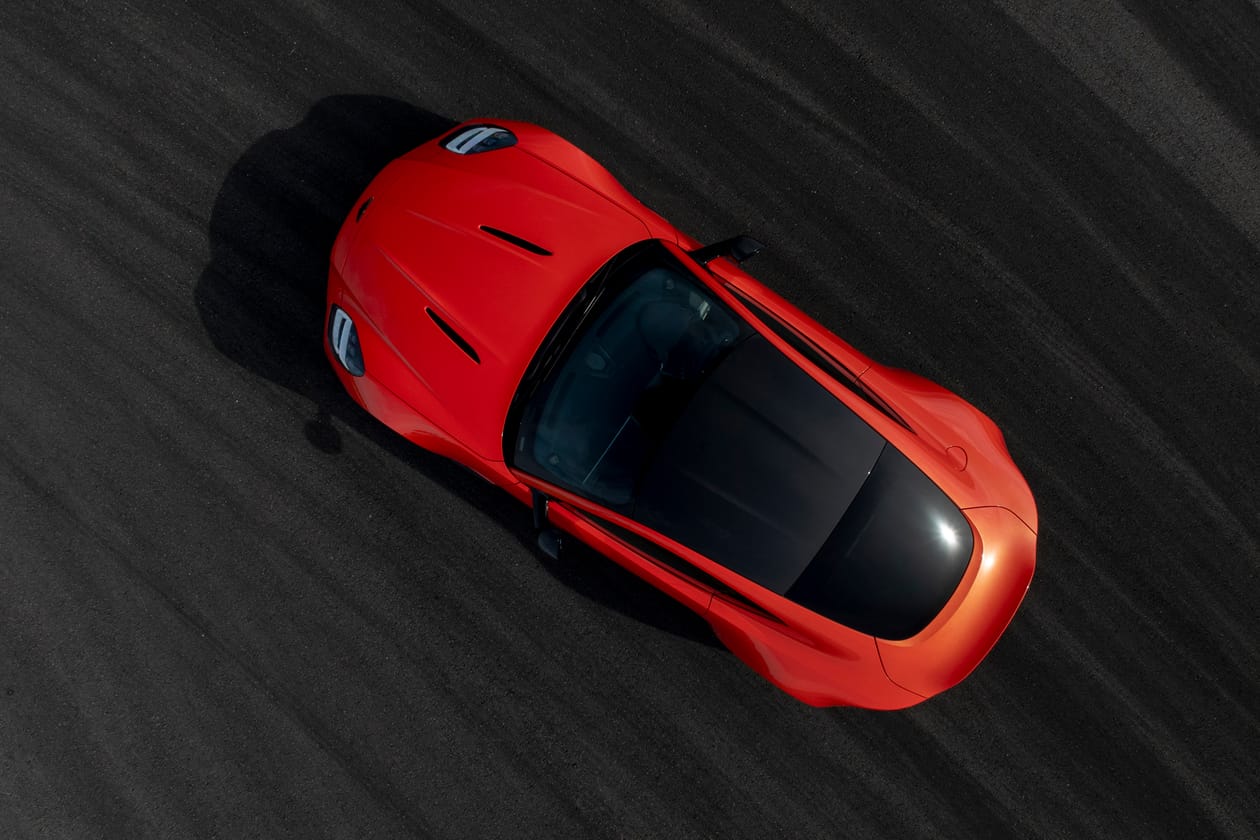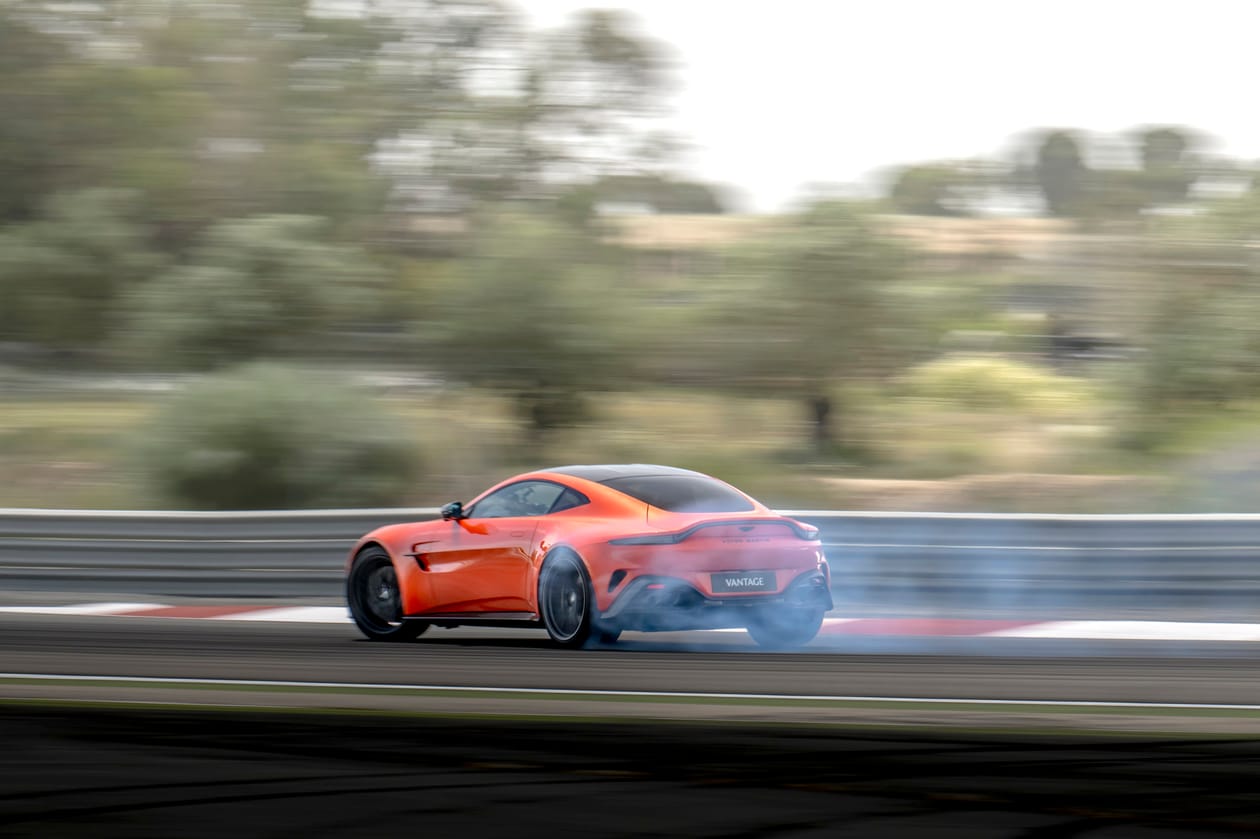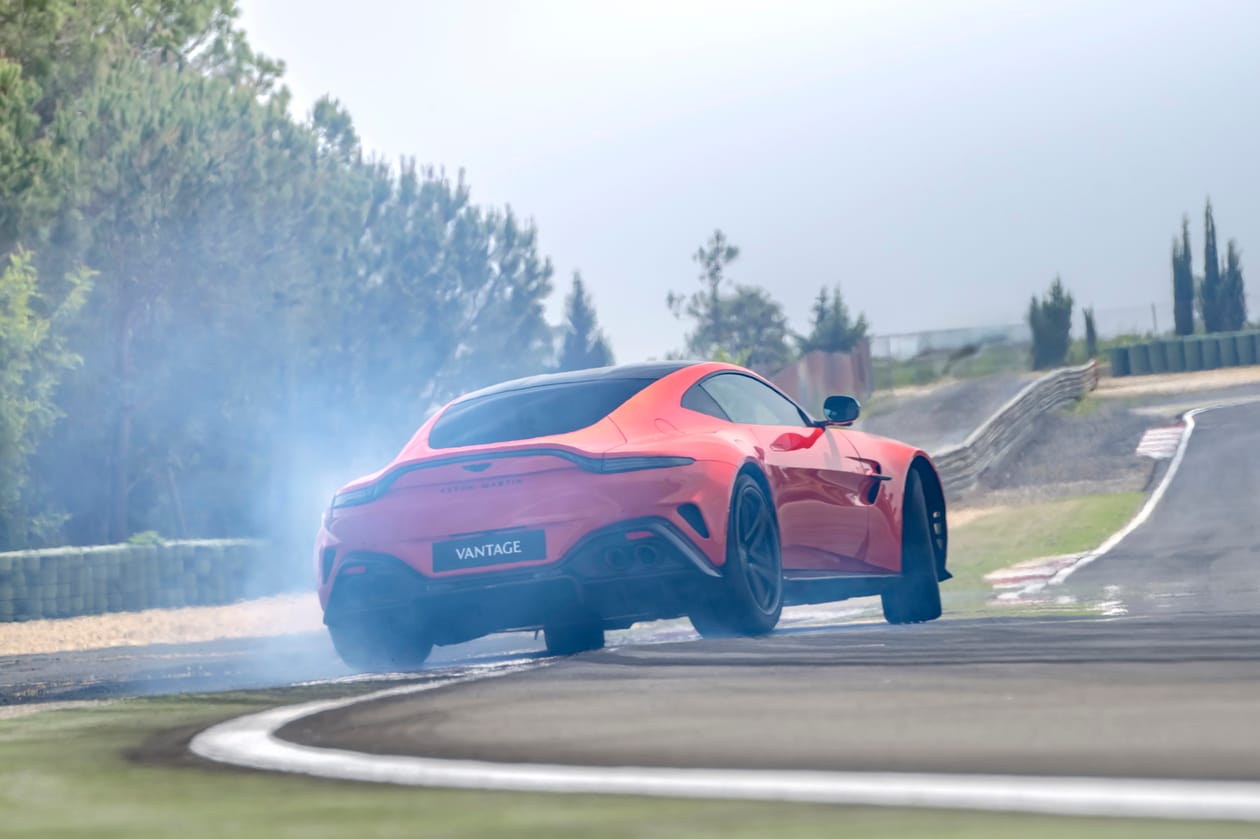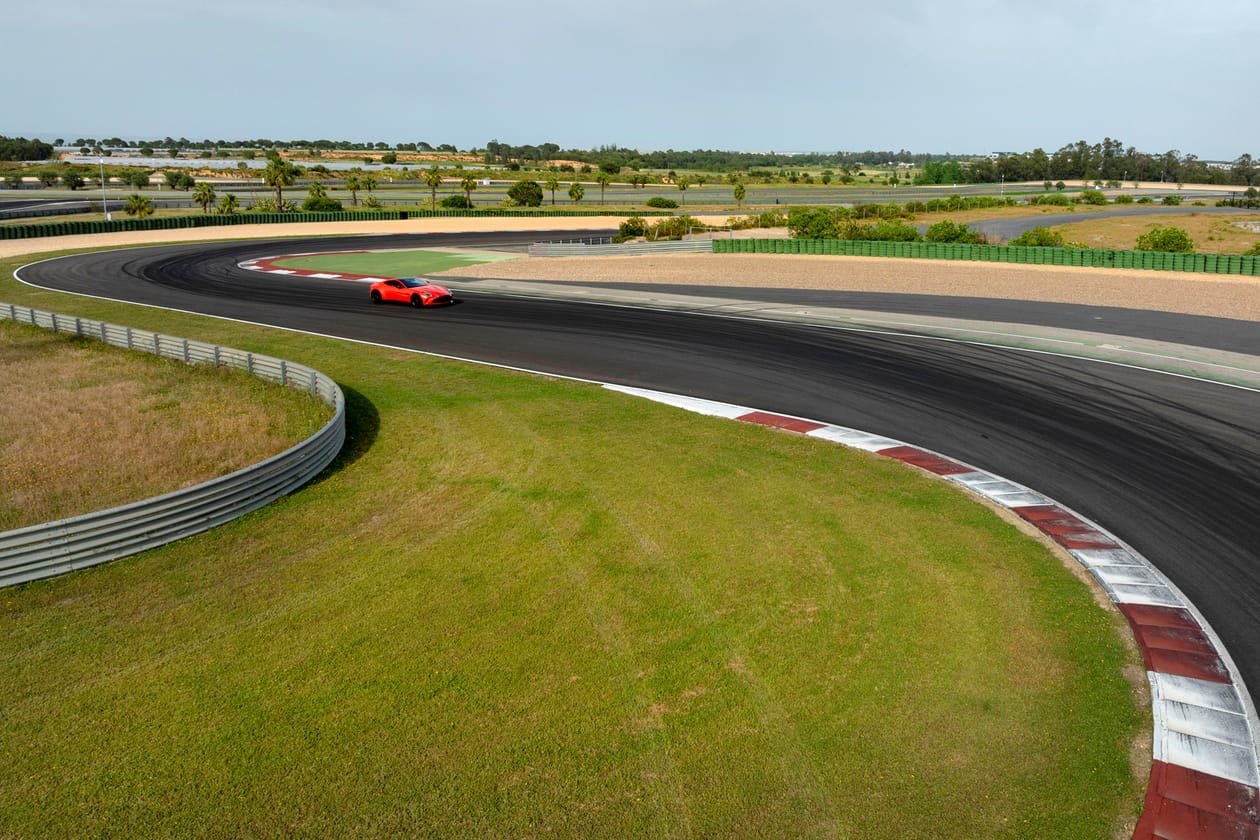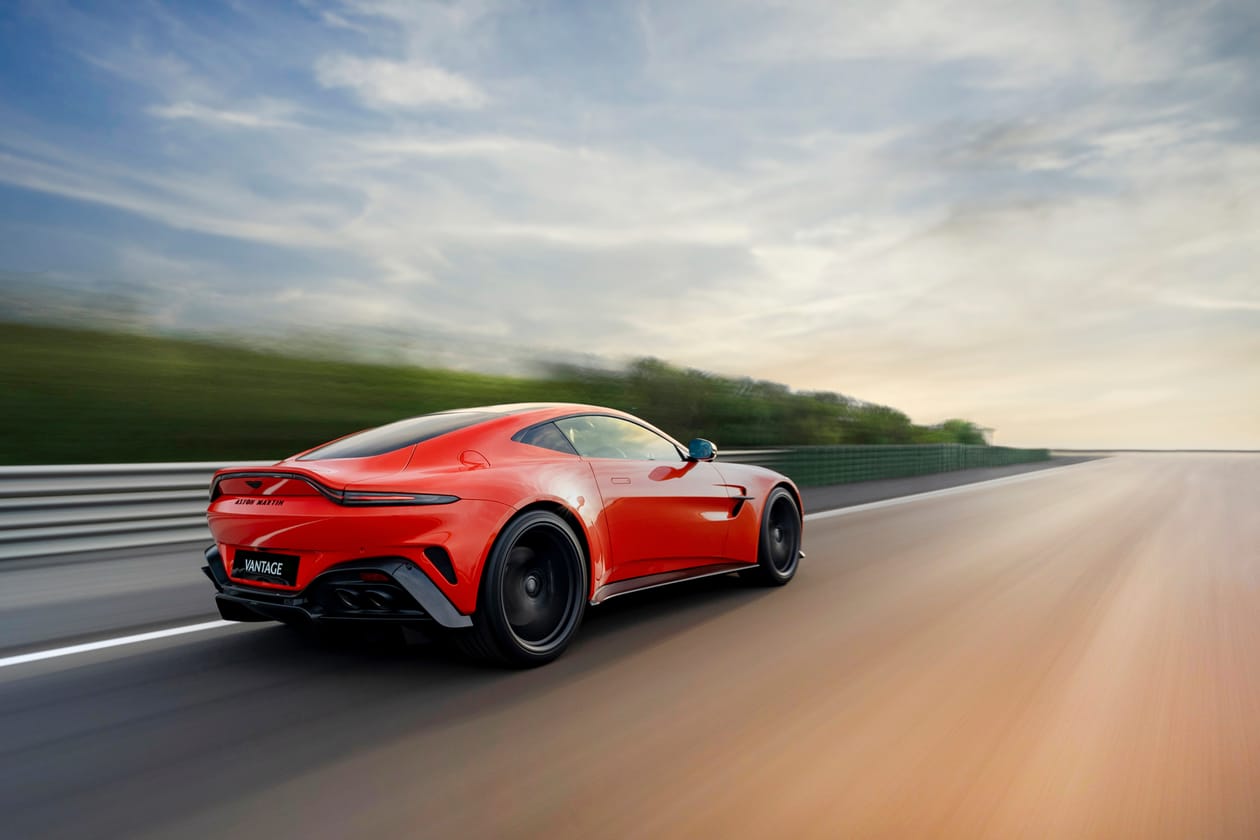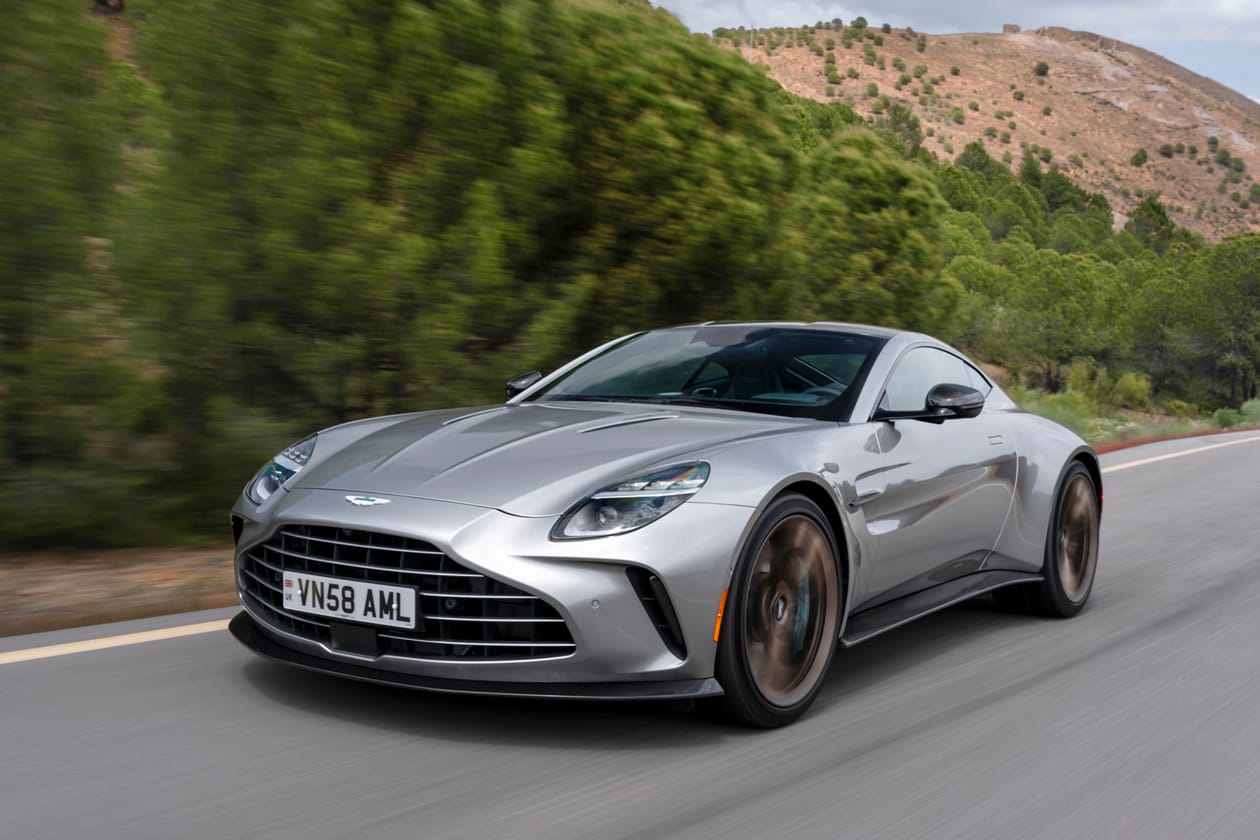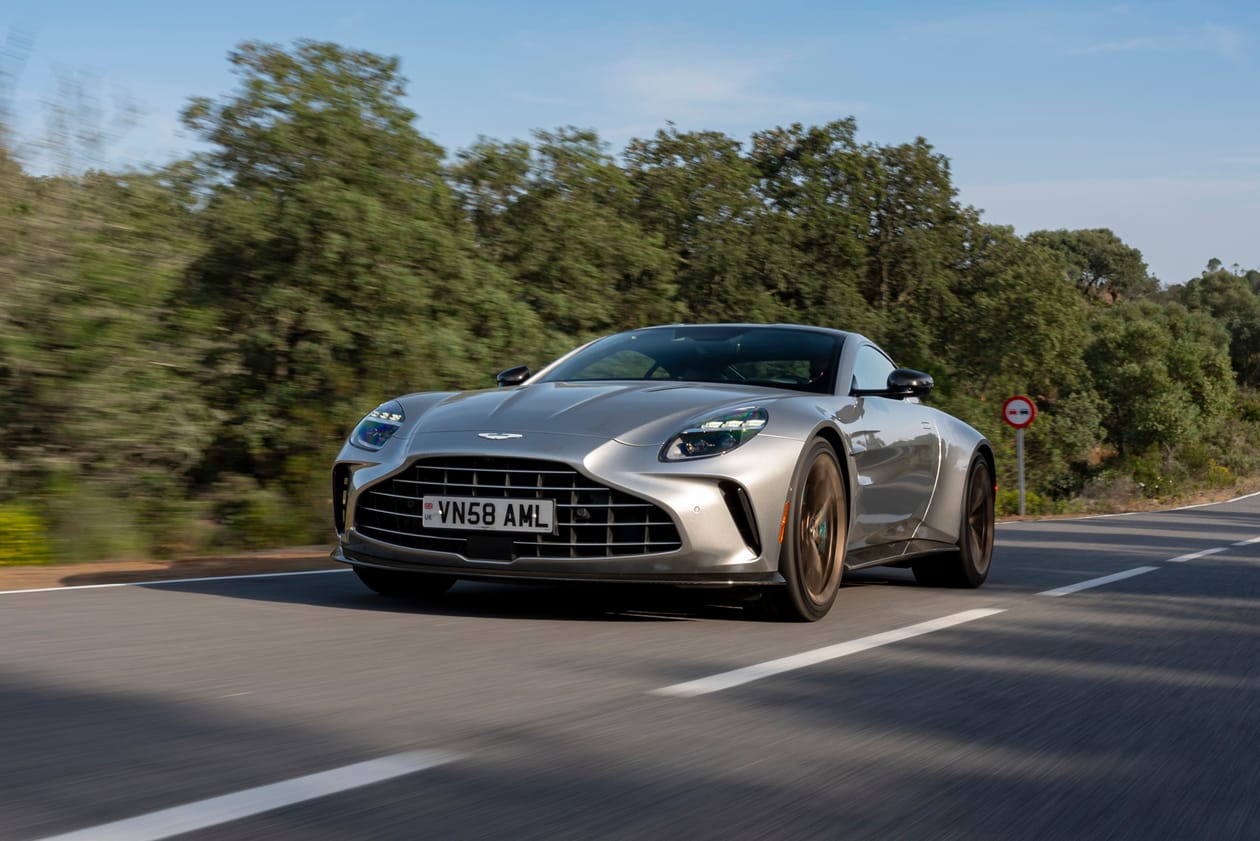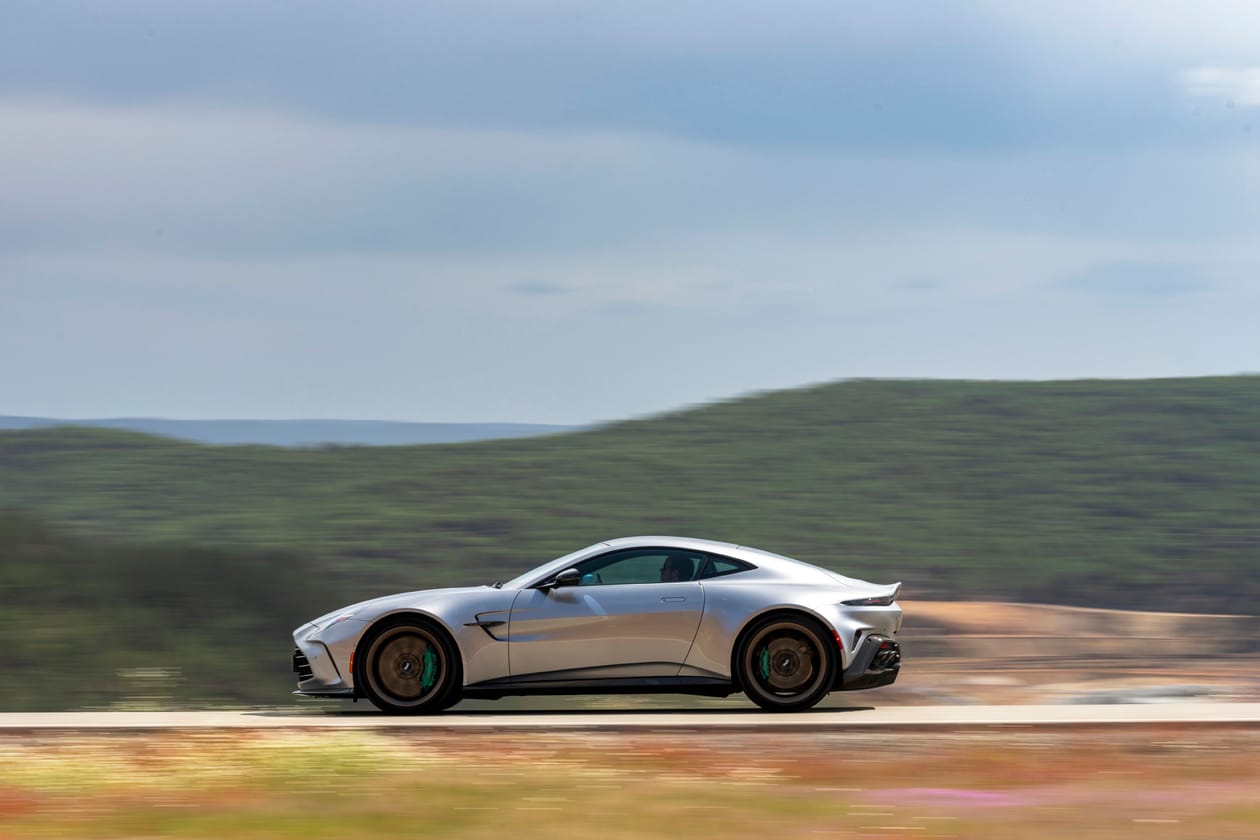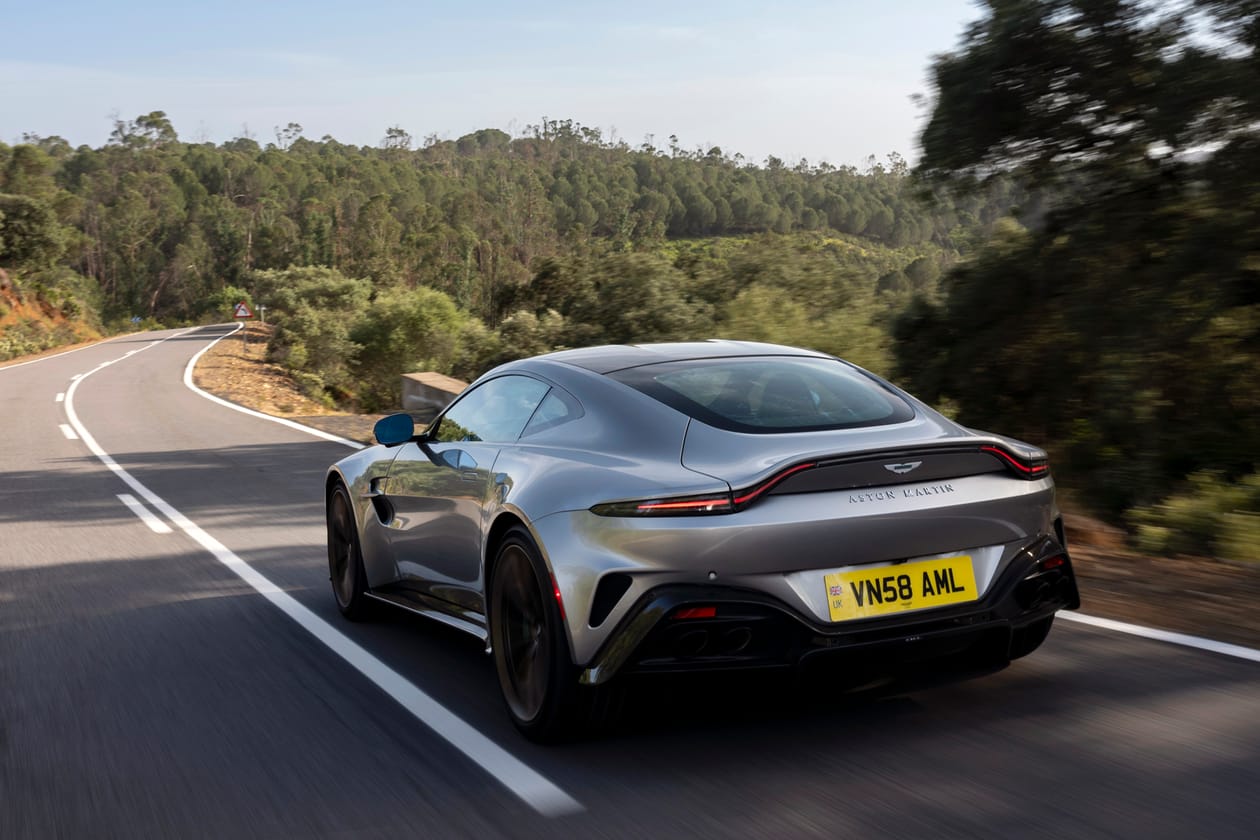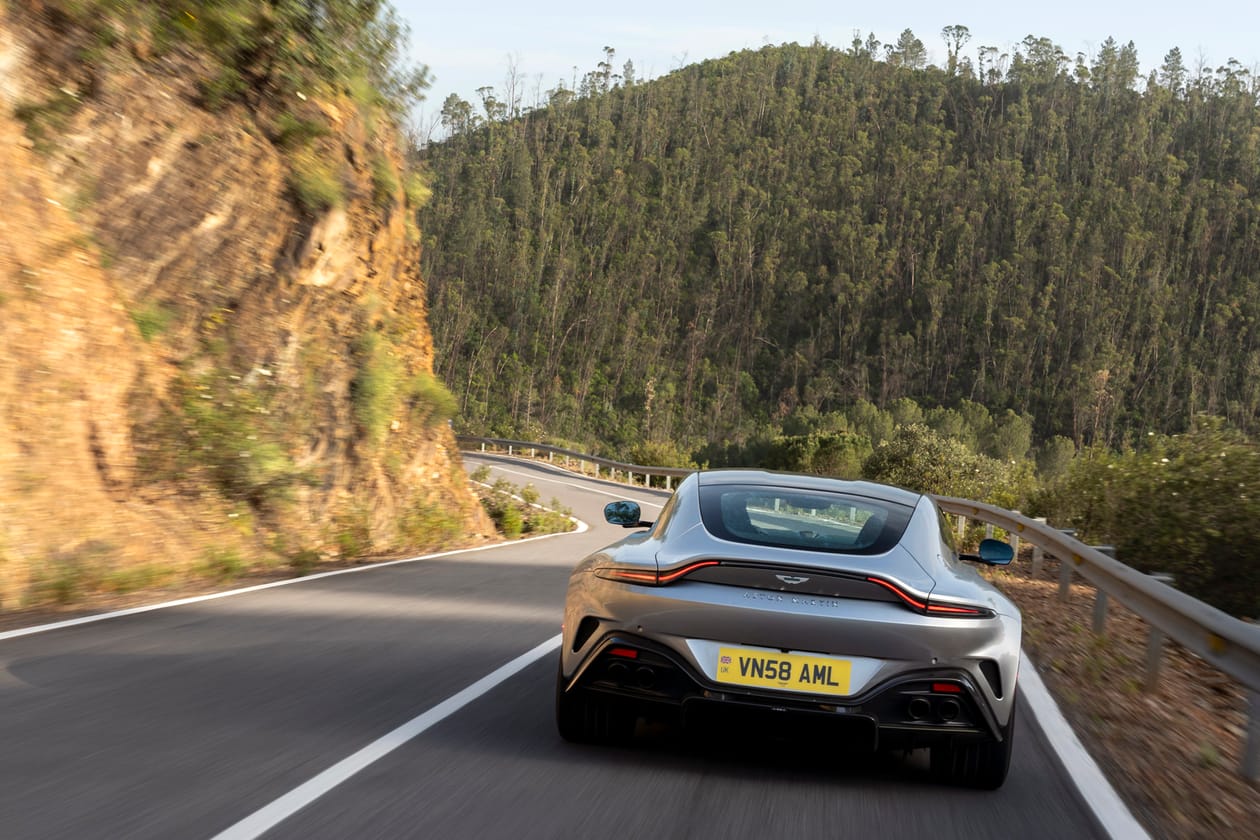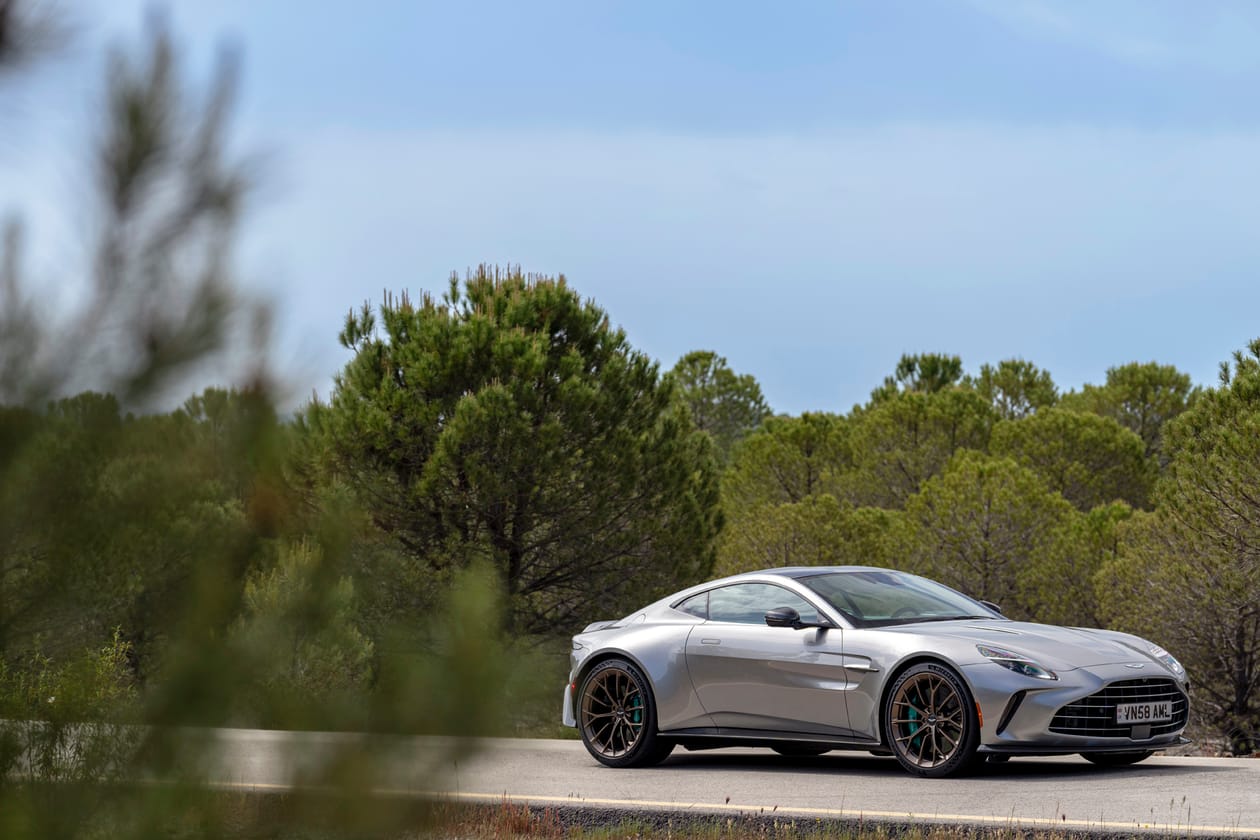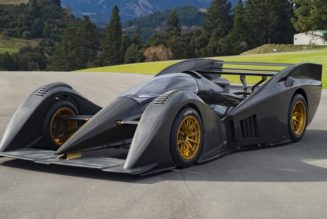You are reading your free article for this month.
Members-only
These days, asking for a sports car and getting exactly what you want is actually quite difficult. Hybrid engines. Cars getting enormous. All-wheel drive setups. In a market saturated by these aspects, sometimes all you need is a pure driver’s car in the classic front-engine, rear-wheel drive layout, gobs of power, and formulaic good looks.
For the Aston Martin Vantage, whose nameplate dates back to the 70s but made its largest strides in the mid-2000s, performance and overall package was always key. It had a lot to live up to as the “baby” or entry-level Aston Martin, yet it appealed to consumers looking for just the right amount of exotic, downright sexy looks and performance capable of keeping up with the competition. AM seems to be pretty diehard with this direction for the Vantage and the latest iteration is spot on.
We were invited to Test Drive the all-new Aston Martin Vantage in the Spanish city of Seville, where we were greeted with backroad twisties, highway stretches and even some track time. For a market overflowing with powerful, ultra-fast sports cars of various degrees, the Vantage is impressively competitive.
The Looks
We’ve always found Aston Martins to be very attractive, and the latest “Baby” Aston is no exception at all. Coming correct with its short wheelbase, the Vantage remains visibly wide and stout for its stature. Aston Martin divulges that both the front and rear are wider than its predecessor – 30mm at the rear to be exact. 1.18” inches in total isn’t a lot in the grand scheme of things, but the difference is apparent on the car as you gaze alongside the door that curves elegantly and dramatically into the rear fender. Other elements amplify this width, such as the new front splitter that’s both lower and more pronounced towards its edges, huge side strakes across the front fenders and new mirrors that are integrated into their housings. The entire package really shows off pretty the Vantage is, while keeping with the sports car formula of short + low + wide = aggressive.
Some things haven’t changed however and we’re appreciative of that too. We love the lack of a rear wing, instead opting for a deep ducktail-style rear hump at the back that blends seamlessly into the trunk and rear tail lights. The front grille is still extra large for both a dramatic front fascia and the necessary air intake. 21” wheels are really big and fill the wheel housings well, but in our opinion lack a bit in the design department – at least with our Y-Spoke example. The Satin Cooper Bronze finish is great alongside the Aluminite Silver paint, but we couldn’t help ourselves look at our mediatrip mates’ multispoke design in envy. And just a bit of AM Racing Green – found on the badges and brake calipers – was the right amount of pop for us. Besides the wheel design, this is pretty much how we’d spec our Vantage given the chance.
Inside, the elegance continues with a focus moreso on the driver’s needs. We won’t bore you with the obvious stuff –Bowers & Wilkins sound system, fully adjustable heated and cooled seats, supple leather provided by Bridge of Weir. What’s more interesting and imperceptible is how you feel in the cockpit, as you drive either the backroads and twisties, or on long distances across the country – two feats the Vantage is easily capable of.
There were three things we noticed more than others while driving: let’s start with the seating position. We’ve driven the Astons before and above the Vantage, like its predecessor and the DB12 respectively, and always found the extra long hood, lower seating position and overall visibility a bit of a challenge. In short, they all felt like were “in” a large space, whereas this generation of Vantage felt more like we’re part of the structure, which is a defining characteristic of a sports car. We chalked this up to a better POV out the front windshield and behind us, with less blind spots and a seemingly more illuminated, “airy” cabin.
This generation of Vantage felt more like we’re part of the structure, which is a defining characteristic of a sports car.
We also loved any and every button, switch, toggle and paddle we touched; everything clicked and reacted as they should. We were actually surprised how much haptics played into the overall experience inside, as we found ourselves even interacting with the HVAC buttons and rollers just to feel their reactions.
Lastly, this Vantage also takes advantage of Aston Martin’s in-house infotainment system, no longer relying on its parent company Mercedes-Benz to create the display and software. While this may seem like more of a brand flex, it actually goes a long way, as the previous infotainment systems not only were less responsive, but felt like afterthoughts in a hand-built “made for me” vehicle like an Aston Martin should feel.
On The Track
It’s rare for a car company to provide us with track time, so we were quite thrilled and admittedly a bit nervous to drive the Vantage on a private race track. Nevertheless, we strapped on our helmets on and hit Spain’s Circuito Monteblanco in Nuelva head on.
Let’s confess – we’re not race car drivers at Hypebeast. We have limited experience on the track, not to mention with such expensive cars like Aston Martins, but defensively we’re not first-timers either. With that out of the way, we can confidently say we BARELY scratched the surface of what the Vantage is capable of.
For us, the Vantage was a mixed bag on Circuito Monteblanco. We of course were able to exploit all 656 horsepower, 590 lb-ft of torque from the 4.0L twin-turbo six-cylinder engine on the tarmac at the long straight. We topped it out at about 165mph. And surprisingly, we kept the car from spinning as we zipped through the chicane, but we also found it quite a bit of a handful at the medium speed sections. For lack of real science, the car to us felt a bit heavy and unbalanced at some sections, taking into account its 3,373-lb. curb weight and purported 50:50 weight distribution.
[The Aston Martin Vantage] is more than fun, more than fast, and a freaking good time if you know what you’re doing.
Admittedly it may have been due to our lack of experience with circuit driving, but here’s an example: we couldn’t help notice the times when we did let the rear loose that it took a bit longer to get back on track, requiring a bit more of a fight with the steering wheel as we felt the weight shift. Another example is the difficulty in finding the right amount of pressure with the carbon ceramic brakes to stop how we wanted to.
Our session did tell us a lot about the Vantage on the track, both as a car and out of us as amateur drivers – invest in the driver before investing in the car. We could tell from our media trip cohorts and more-experienced friends that there’s so much that can be wrung out of the Vantage on the track, and while it’s not a “track-focused” car built for circuit racing and competition per se, it certainly is more than fun, more than fast, and a freaking good time if you know what you’re doing.
On The Road
Onto where we enjoyed the Vantage the most – on the road. Alongside the track experience, Aston Martin gave us free rein to drive the Vantage all around the Spanish countryside, outside of Seville and through a decent mix of highways, backroads, residential areas and through canyon twists. The lattermost was obviously our favorite section, and what spoke to us most about this being a “driver’s car.”
What we love about sports cars in general is how versatile they can be, and the Vantage is no exception. On the highway we were more than comfortable, as the coupé was able to soak up bumps and uneven roads in its normal “Sport” mode, while the backroads benefitted from the firmer Sport+ settings perfectly too. In fact, Sport+ seemed to be our favorite mode as we found ourselves sticking to that the most of the time – the throttle sensitivity, firmness of suspension and shift behavior both manually and automatically was spot on with how we were enjoying the drive. It almost felt like Sport+ was how the car was tuned in the beginning, and Aston Martin dialed it “back” to map Sport mode, and “up” to Track mode; whether or not this is the case is unknown.
The Vantage is a true driver’s car, a sports car built and bred to compete against the saturated field of powerful, engaging competitors.
We also loved the statement this car made while on the public streets. Being in Spain, in fairly affluent areas, the Aston Martin Vantage didn’t feel out of place at all, but also didn’t feel completely over-the-top and obnoxious. Aluminite Silver with Bronze wheels of course played a part in this, a departure from the Cosmos Orange and Ion Blue which were undoubtedly louder. Speaking of loud, turning on Sport Exhaust is a MUST for owners – the burble, deep tone at WOT, and high RPM howl is how the car should sound all the time.
Lastly, the twisty canyon roads. This made us fall in love with the Vantage and what it stood for. The steering, the chassis, the responsiveness – all of it made sense for us on the curvy roads. And to us, this is what “driver’s car” really means to us because, honestly, we can find comfort on highways and backroads, or flexing our vision of a sleek and sexy car – whatever that may be – as we drive through residential roads. But to enjoy a car, even if only at 7 or 8/10ths, on canyon twisties is not something that’s done easily, and without naming names we can certainly think of more than a few which failed this feat.
In the current market, the Aston Martin Vantage seemingly has a ton of competition, but with differences between them that could be dealbreakers. Matching engine specs, drive and power figures, the most direct competitors we notice are with the Porsche 911 Turbo S, the McLaren 750S and the Lamborghini Huracan Tecnica. The Porsche is a proven powerhouse throughout the decades it’s been around, but the price of it (plus options) has shot up and may be more commonplace than you’d like to admit on the roads. The McLaren in our opinion is equal in exoticism and is arguably the prettier car, but with exotic supercars comes reliability and service woes. The Lamborghini adds two cylinders to its arsenal, but also a >20% increase in price and the Huracan is getting a bit long in the tooth (a replacement is on the way).
For the Aston Martin Vantage to square off against a long time traditional 911 grand tourer, a race-bred supercar in the McLaren, and an Italian brute with a V10 is a bit like “climbing into the ring with Ali” for lack of a better analogy. And that’s the entire point according to Aston Martin – the Vantage is a true driver’s car, a sports car built and bred to compete against the saturated field of powerful, engaging competitors. Even standing its ground against the aforementioned three is impressive enough, and trumping each one in specific aspects to us makes the Vantage a winner.

